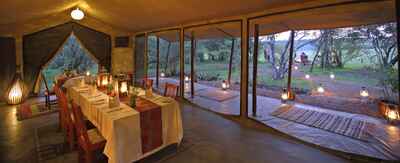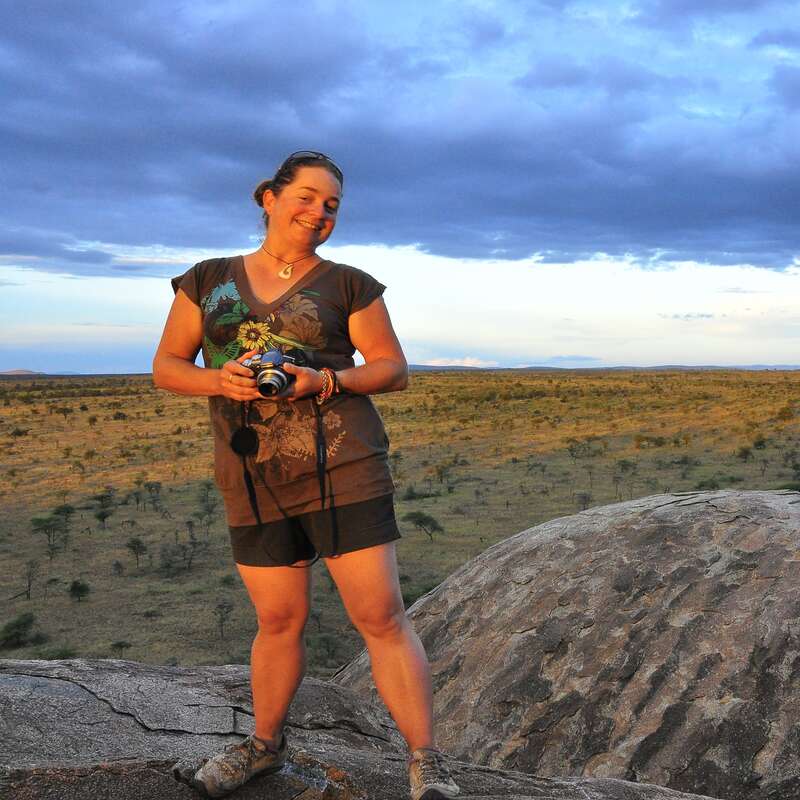About Encounter Mara
Encounter Mara is a classic tented camp, opened in 2011.
It is tucked in a shady forest of orange-leaf croton and Euclea trees on the edge of a vast open plain in the recently created Mara Naboisho Conservancy. There are no permanent structures at the camp and thus never anything but canvas between you and the bush. The camp is comfortable and stylish, however, and certainly aimed at those who appreciate a bit of simple luxury.
Encounter Mara offers a classically simple set-up, with the camp almost hidden amidst a patch of wild bushes and trees that open out onto a well-maintained lawn and decking area overlooking a peaceful salt lick. With its owners having an outstanding reputation for their quality of guiding and seamless operations, we think this a very reasonably priced option and love its delightful bush-camp feel. We feel this is one of the best choices in the Maasai Mara ecosystem if you're looking for a keenly priced yet comfortable camp.
Our view
Encounter Mara offers a classically simple set-up, with the camp almost hidden amidst a patch of wild bushes and trees that open out onto a well-maintained lawn and decking area overlooking a peaceful salt lick. With its owners having an outstanding reputation for their quality of guiding and seamless operations, we think this a very reasonably priced option and love its delightful bush-camp feel. We feel this is one of the best choices in the Maasai Mara ecosystem if you're looking for a keenly priced yet comfortable camp.
Accommodation
10 tents & 2 guide tents
Children
Best for 12+
Open
Closed in May
Activities

4WD Safari

Birdwatching

Cultural excursion

Fly-camping

Hot air ballooning

Night drive

Private activities
Traveller reviews of Encounter Mara
23 real, un-edited reviews from Expert Africa's travellers.
Arrived 8 Jun 2025, 3 nights
"Encounter Mara review"
Overall rating: Excellent
Arrived 16 Mar 2025, 3 nights
"Encounter Mara review"
Overall rating: Excellent
Arrived 13 Jan 2025, 5 nights
"Encounter Mara review"
Overall rating: Excellent
Arrived 3 Jan 2025, 2 nights
"Encounter Mara review"
Overall rating: Good
Arrived 25 Oct 2024, 2 nights
"Encounter Mara review"
Overall rating: Excellent
Arrived 19 Sep 2024, 4 nights
"Encounter Mara review"
Overall rating: Good
Arrived 1 Sep 2024, 5 nights
"Encounter Mara review"
Overall rating: Excellent
Arrived 13 Jan 2024, 5 nights
"Encounter Mara Review"
Overall rating: Excellent
Arrived 18 Jul 2023, 4 nights
"Encounter Mara review"
Overall rating: Excellent
Arrived 19 Feb 2023, 6 nights
"Encounter Mara review"
Overall rating: Good
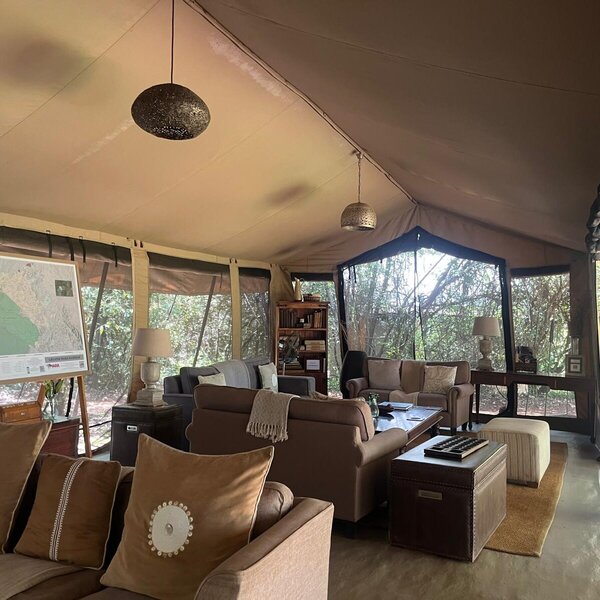
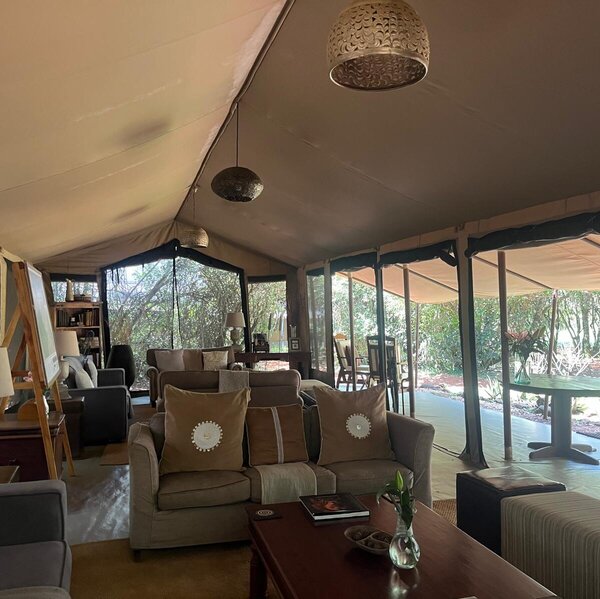

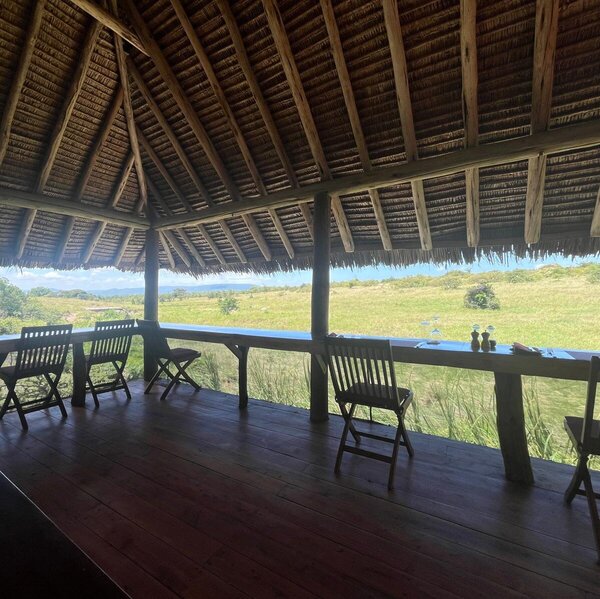
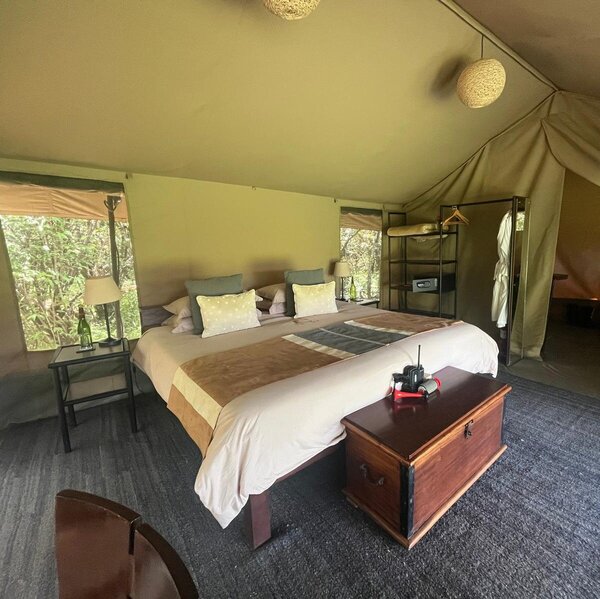
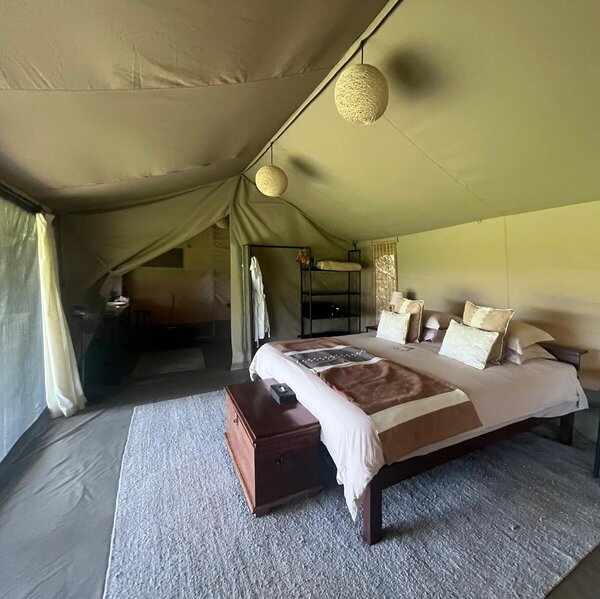
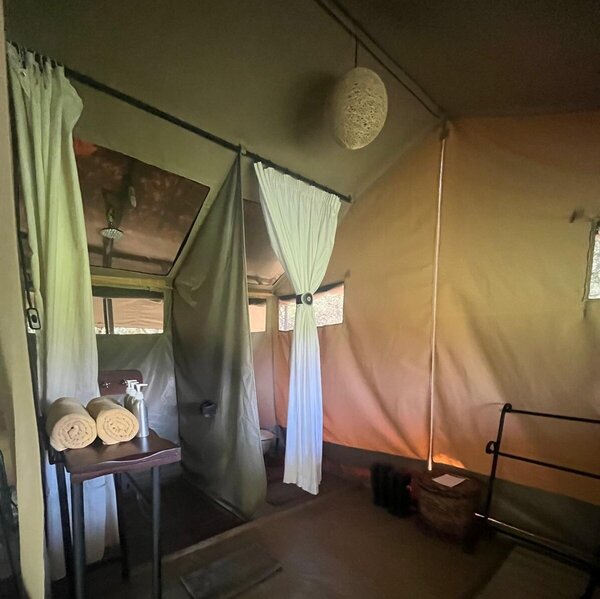
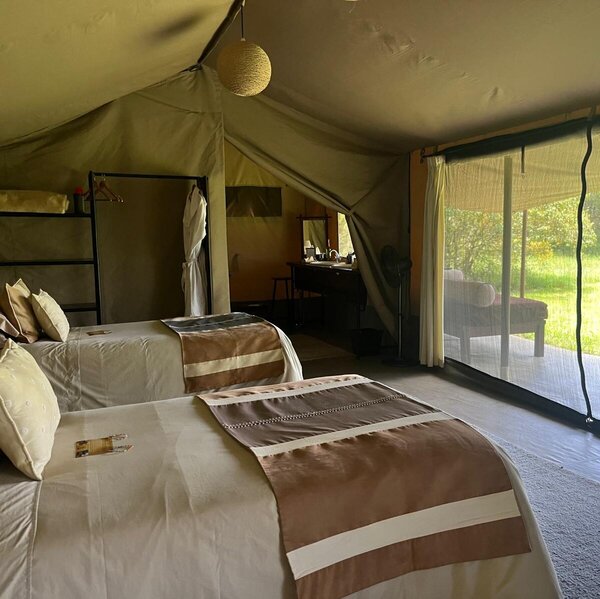

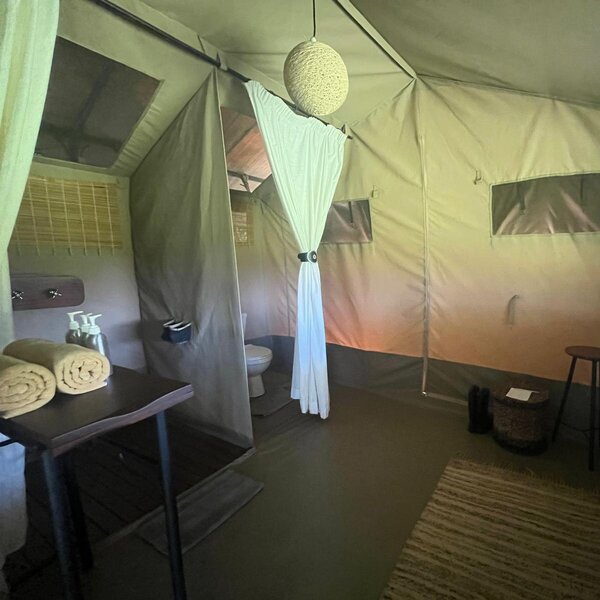
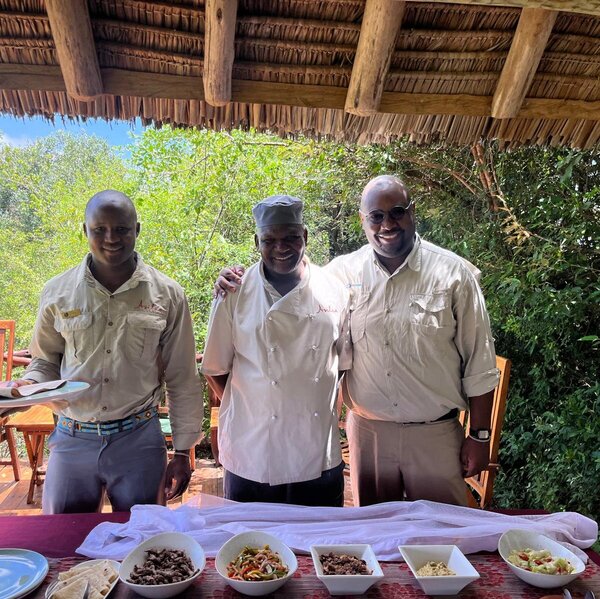
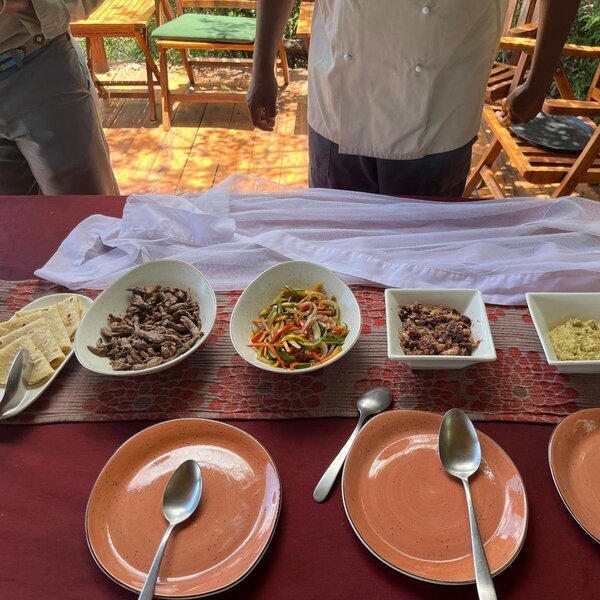
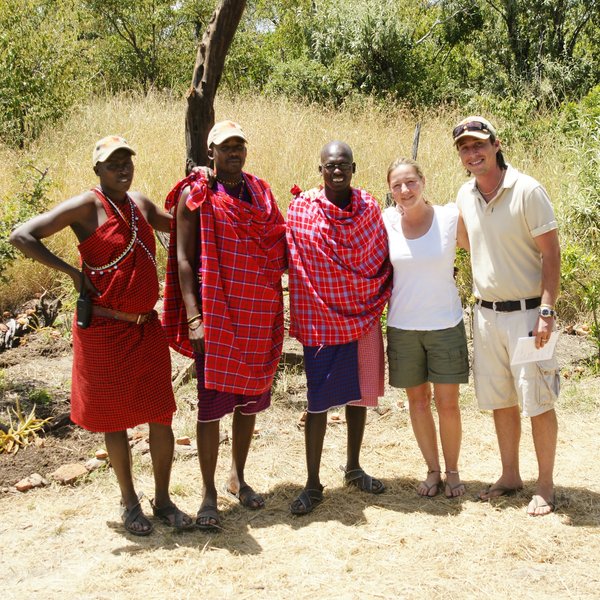
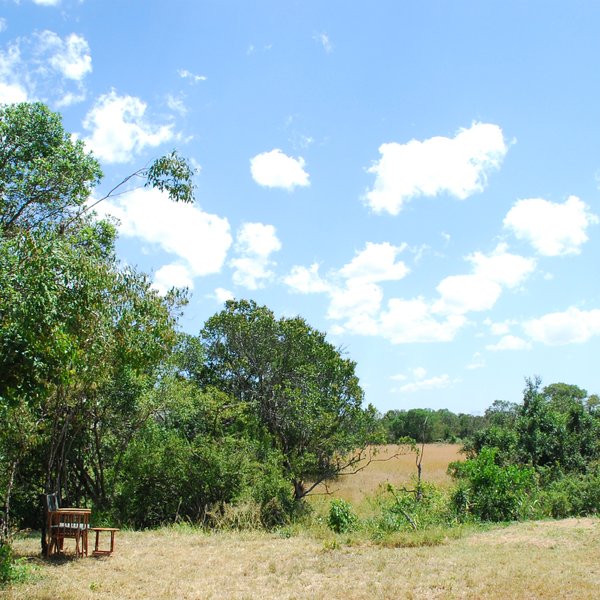
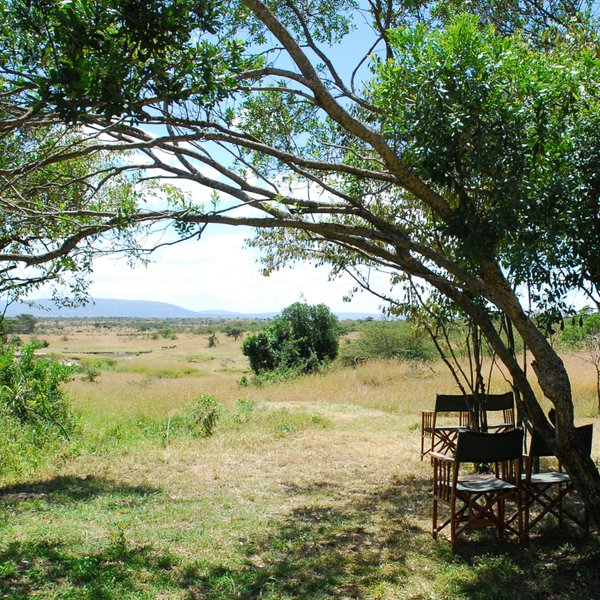
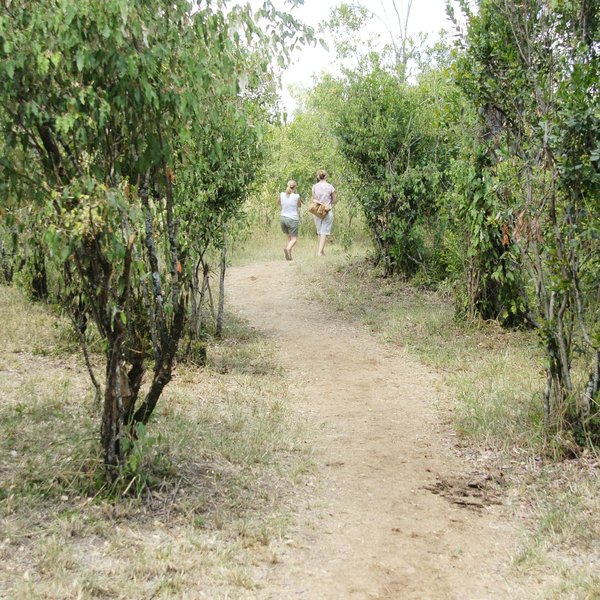
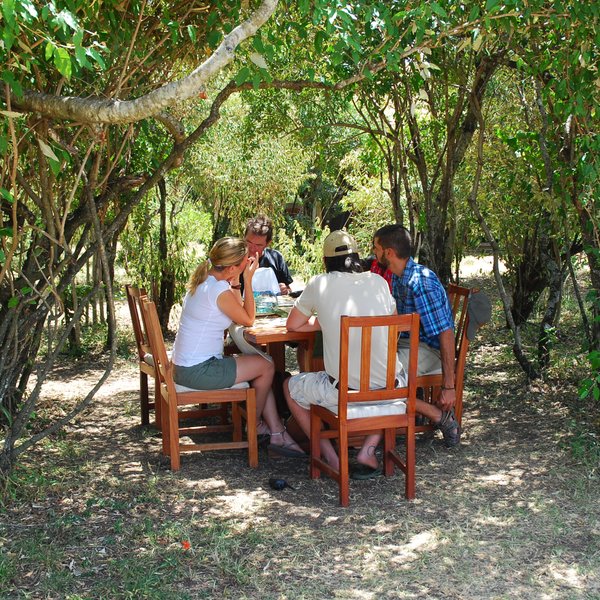
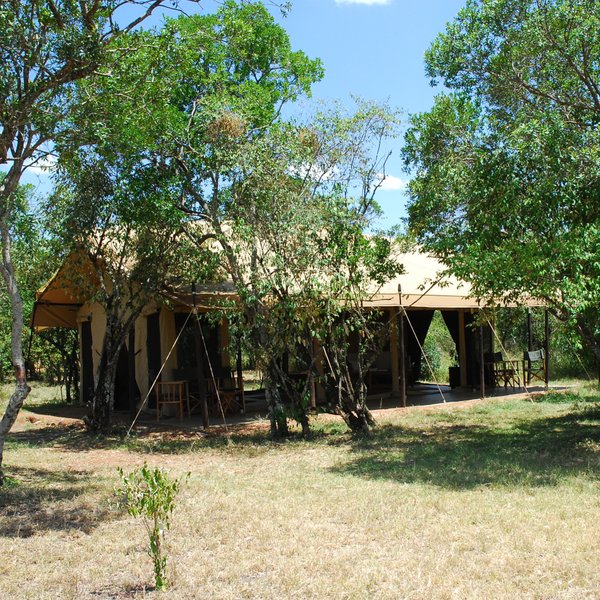
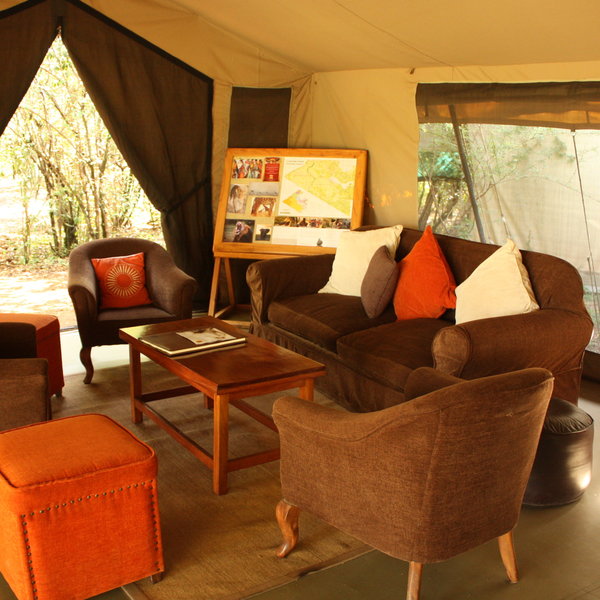
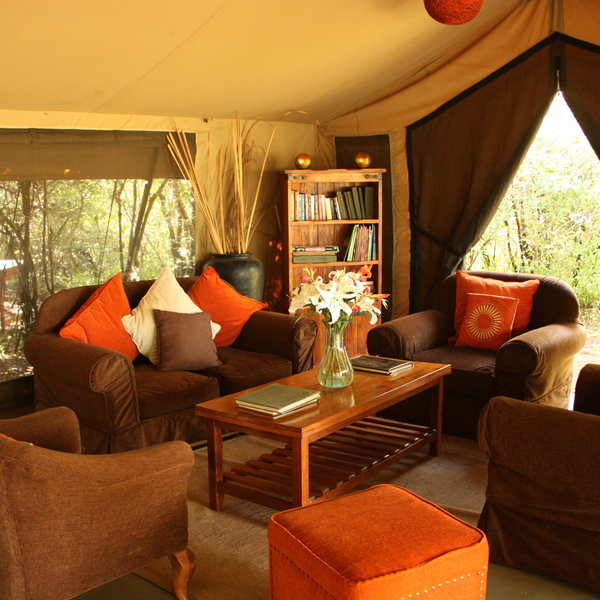
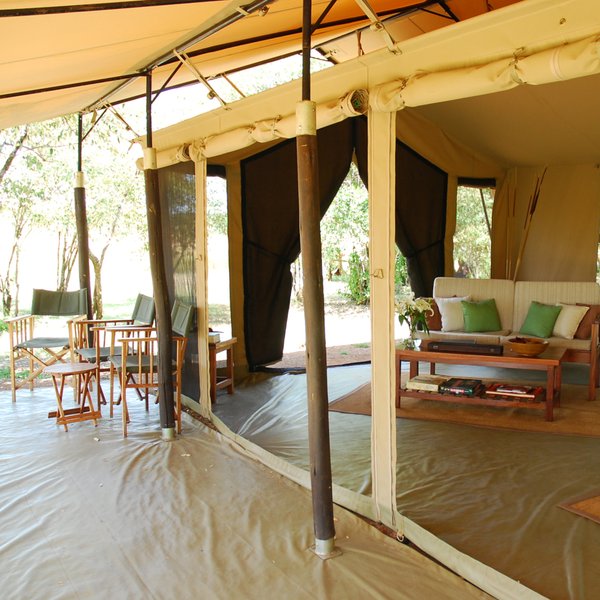
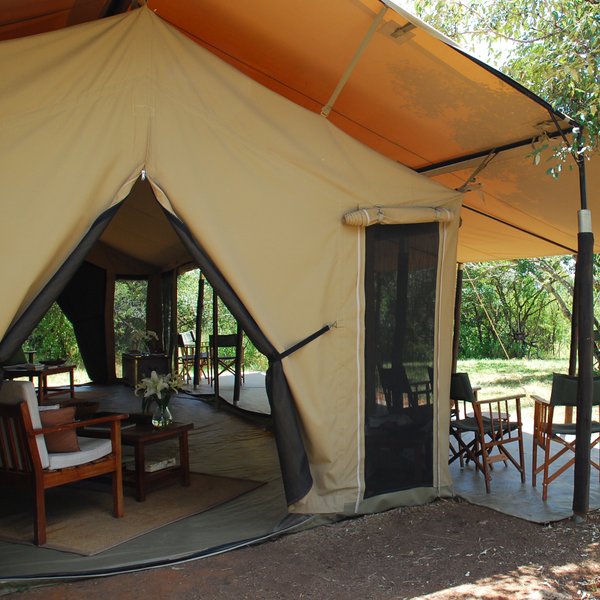
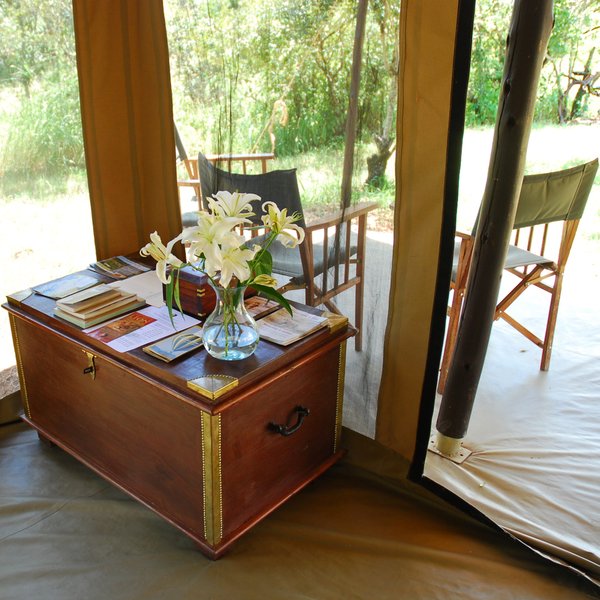
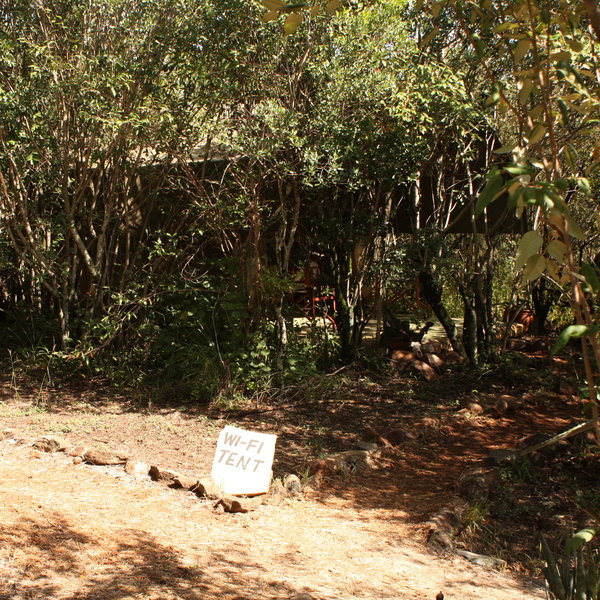
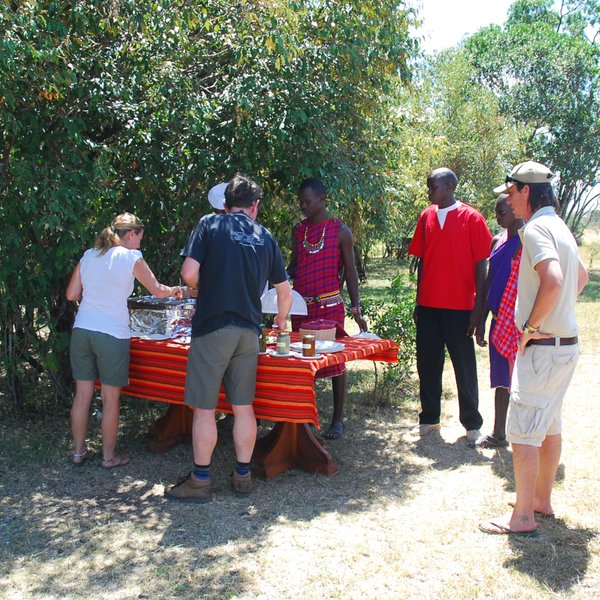
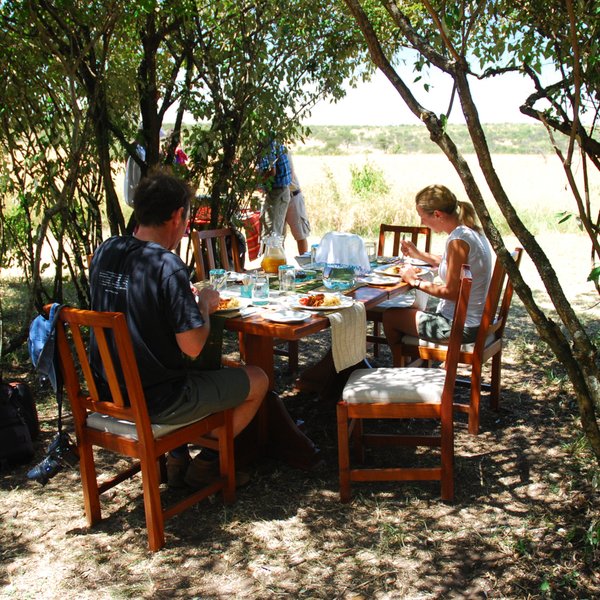
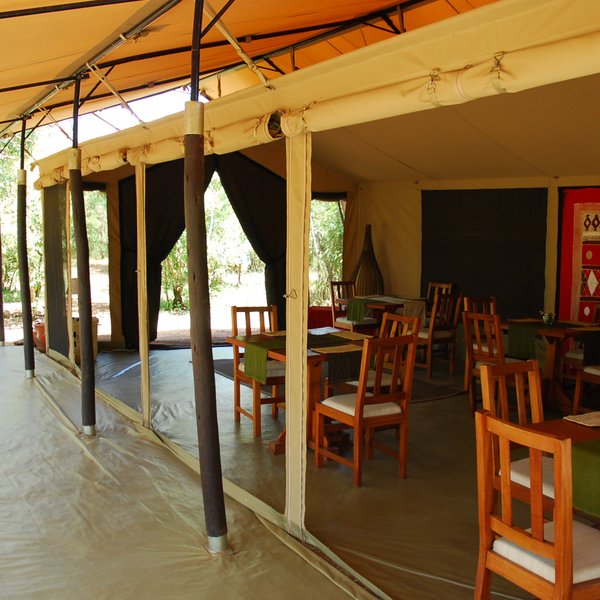
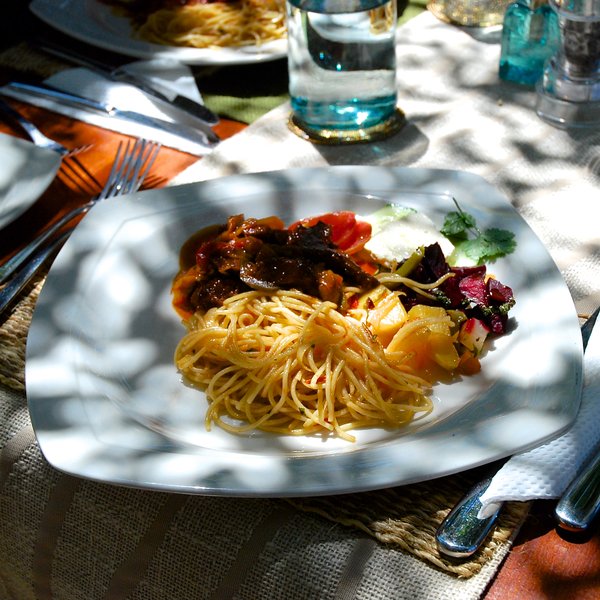
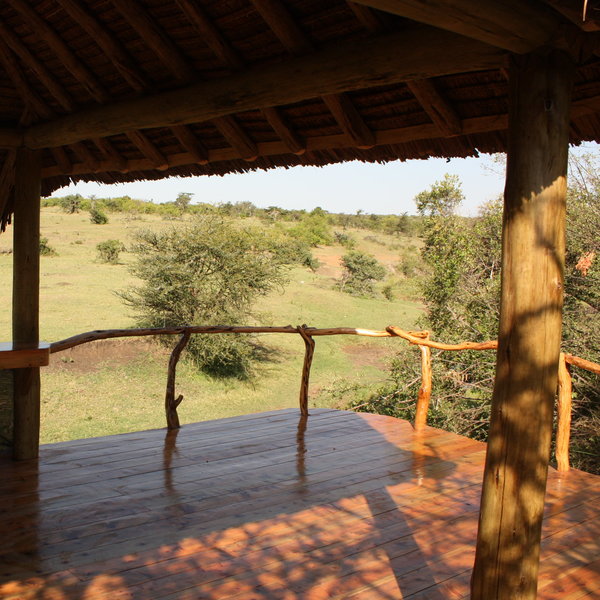
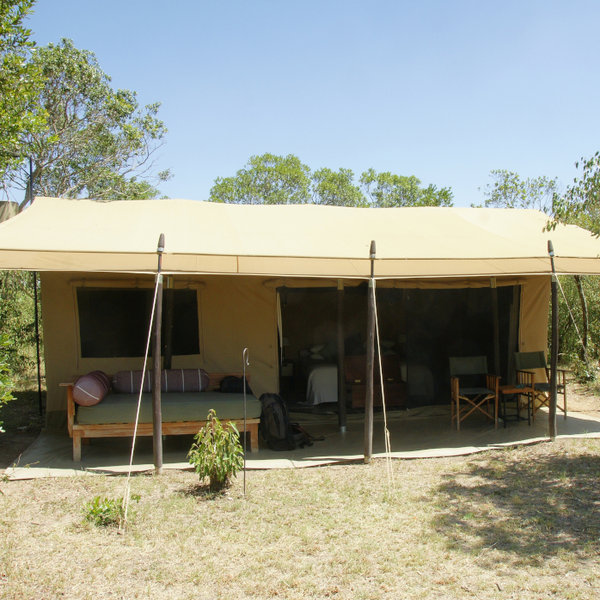
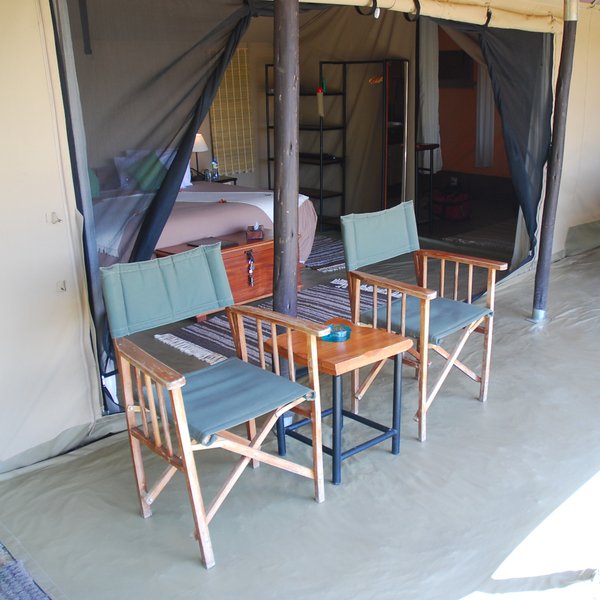
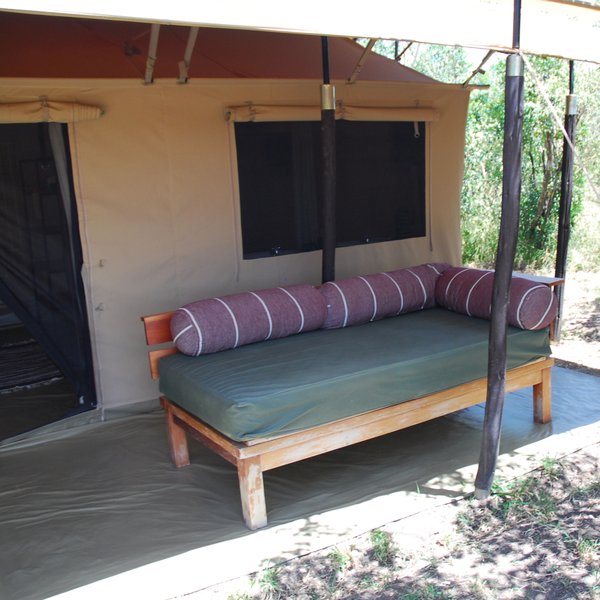
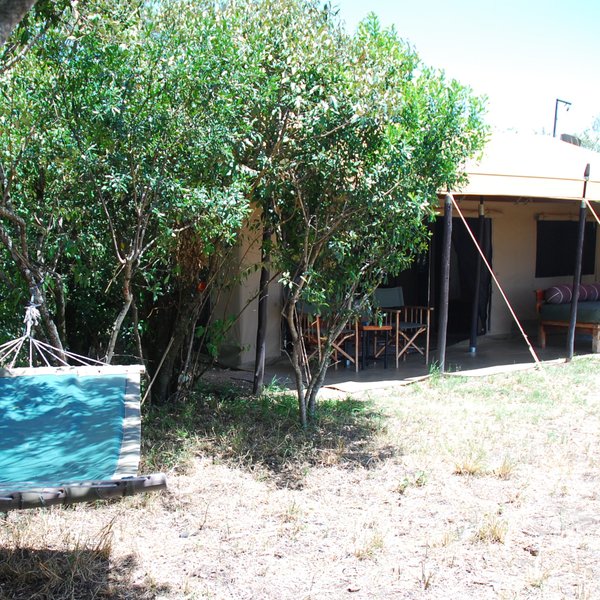
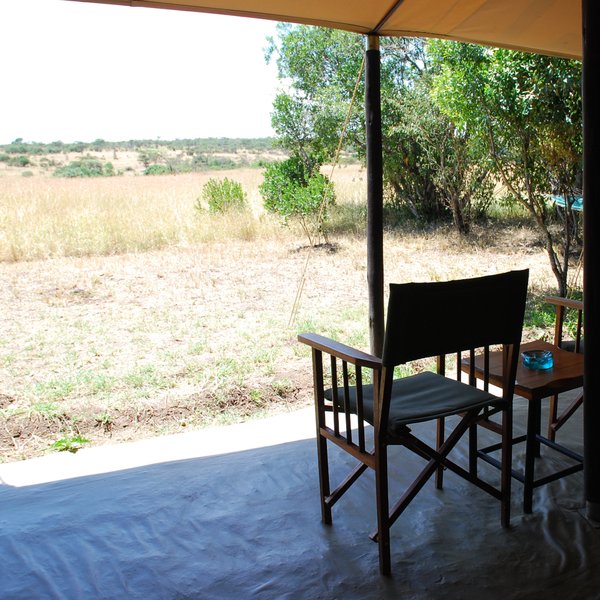
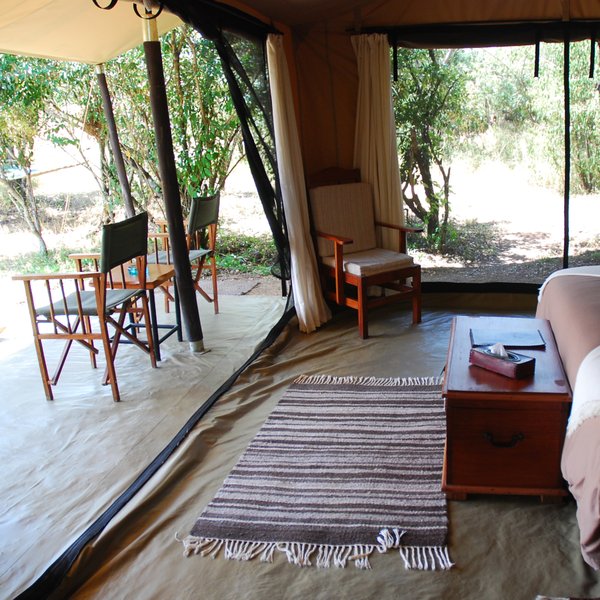
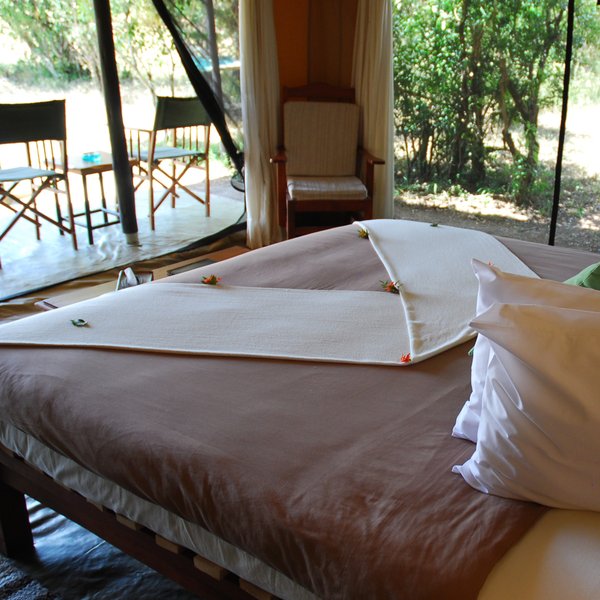
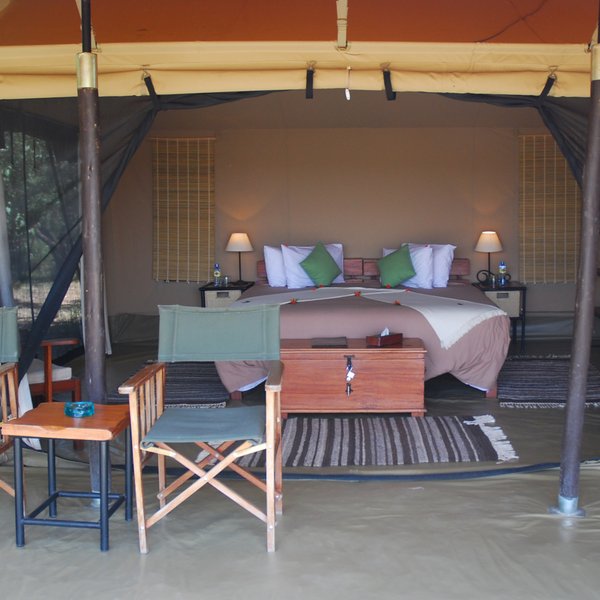
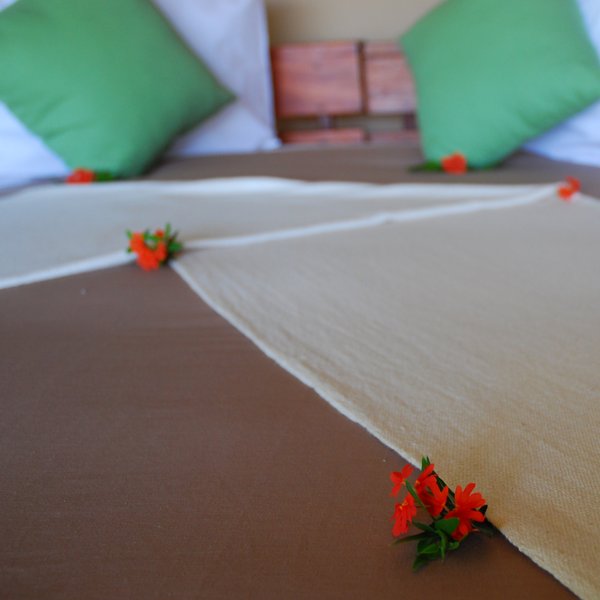
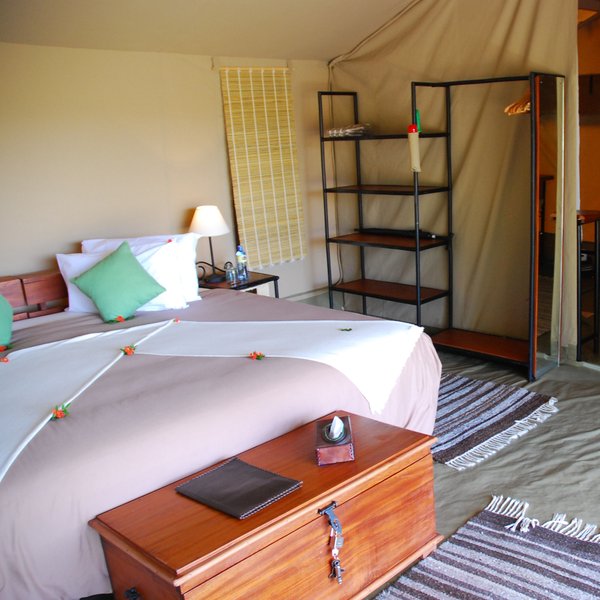
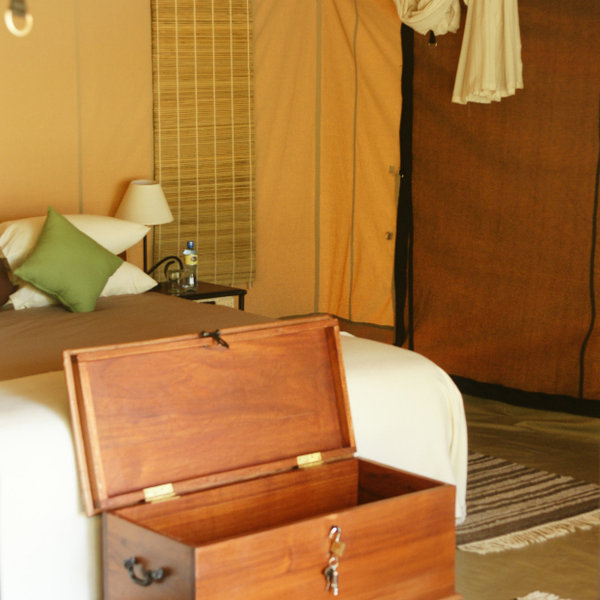
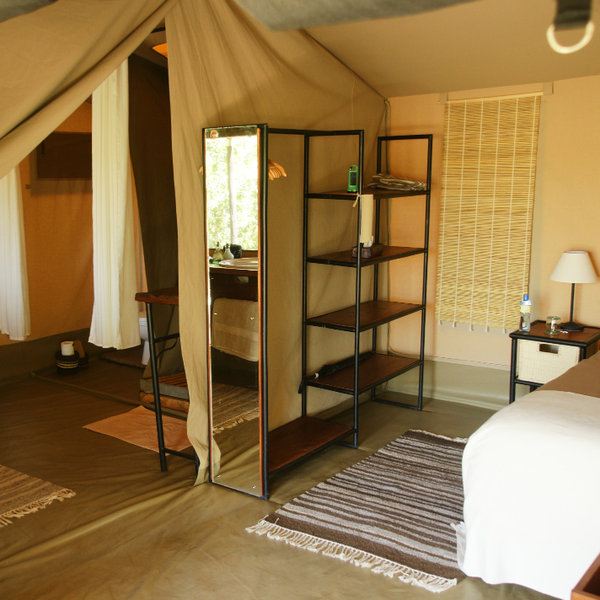
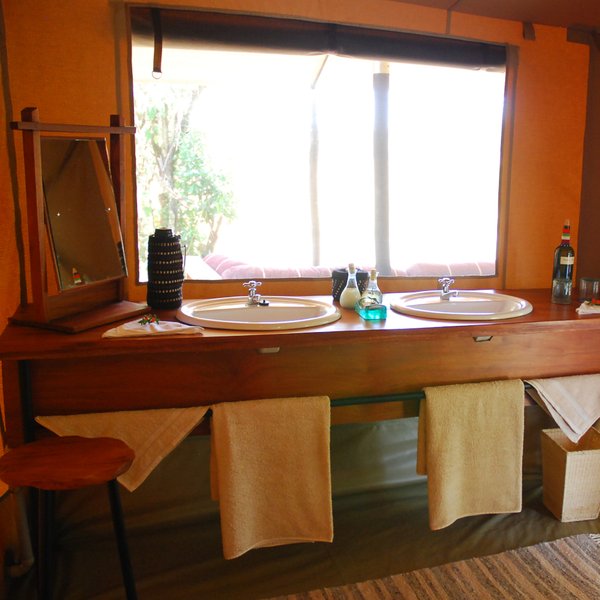
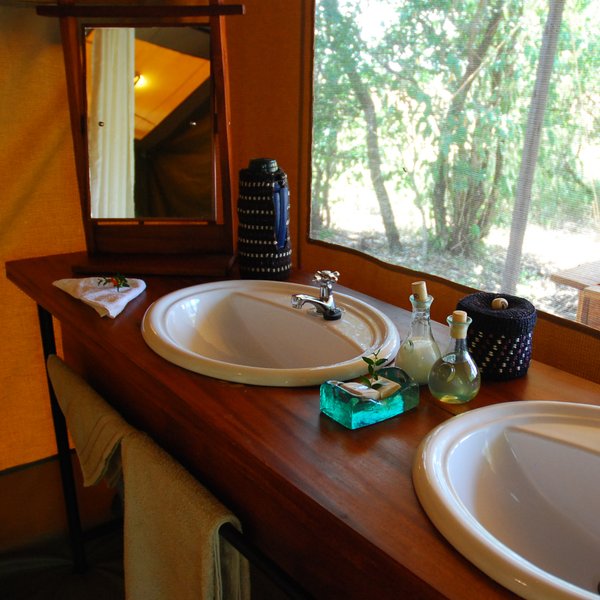
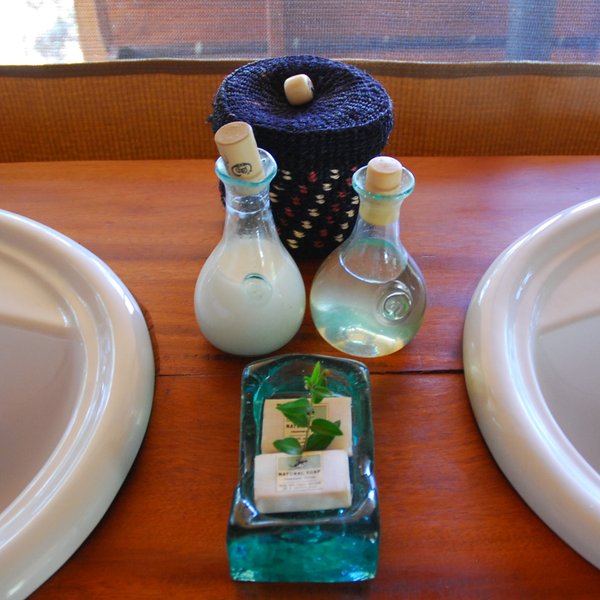
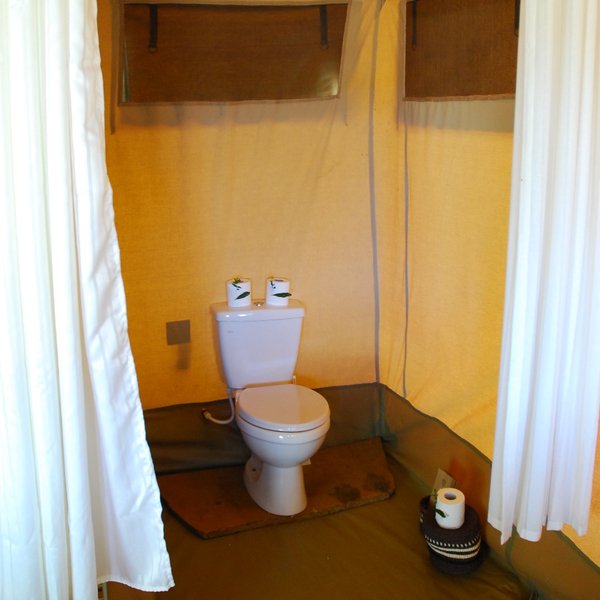
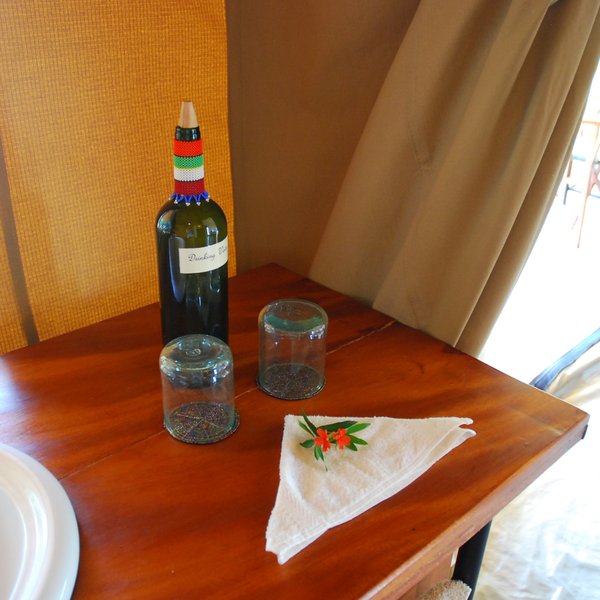
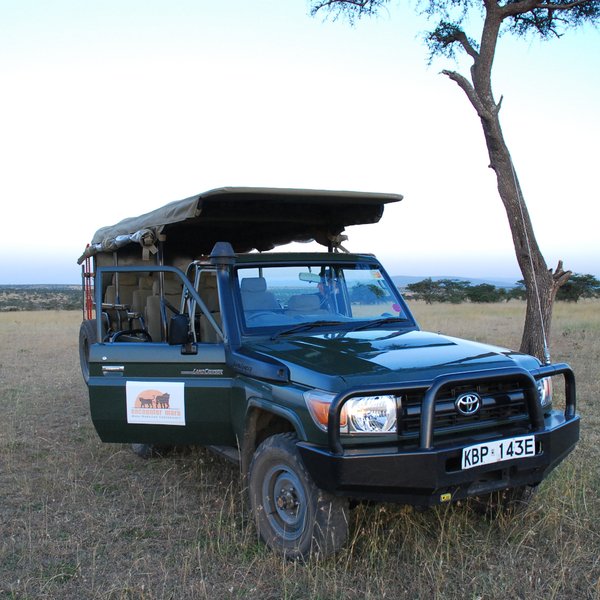
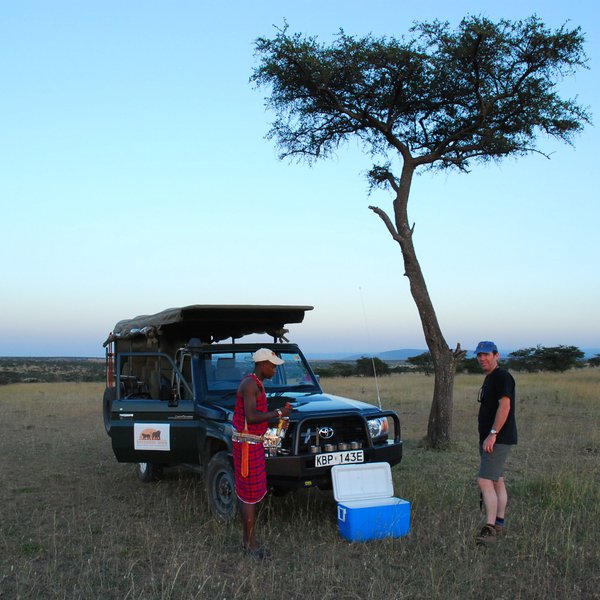
Expert Africa's gallery
When we travel we take lots of photos ourselves to give you a real and un-edited view of the safaris. See our 140 pictures of Encounter Mara to get the candid view.
View gallerySafaris visiting Encounter Mara
Just ideas, we'll always tailor-make a trip for you
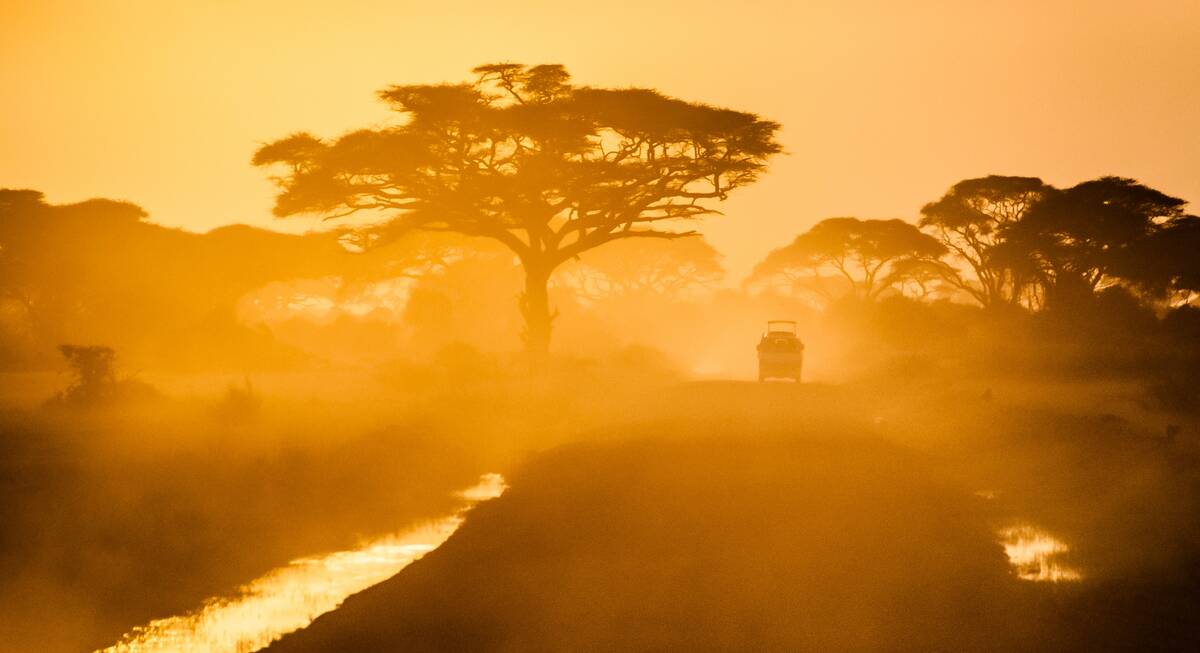
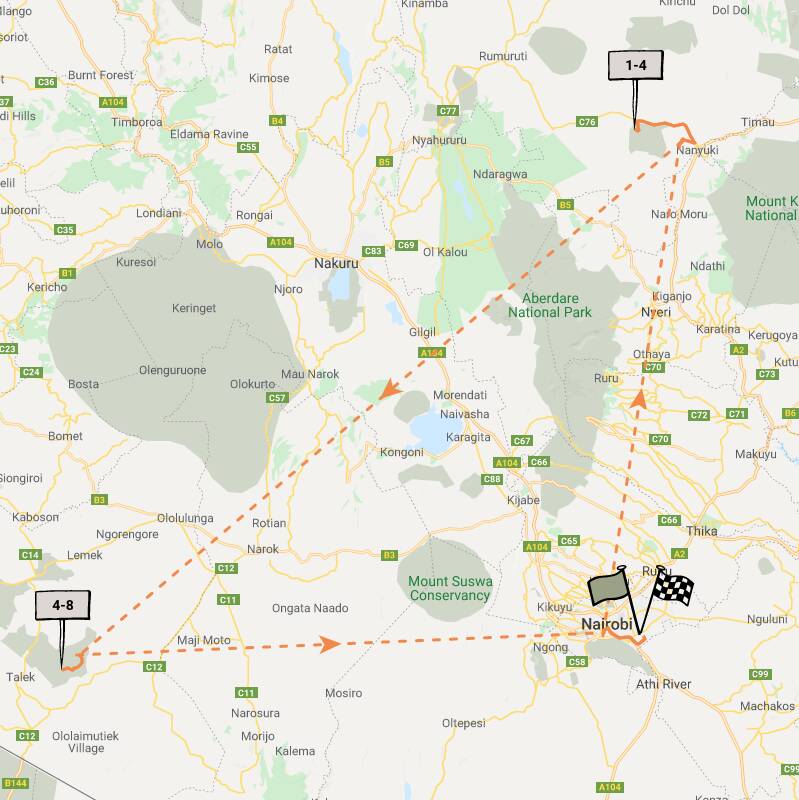
Tawny Eagle Fly-in Safari
7 days • 2 locations • 1 country
NAIROBI AIRPORT TO NAIROBI AIRPORT
Explore Laikipia and the Maasai Mara ecosystem with stays in the Ol Pejeta and Naboisho conservancies. Two smart yet authentically rustic bush camps provide a traditional safari experience, offering a high standard of guiding and excellent level of care.
Visiting Laikipia, Mara Conservancies
US$6,550 - US$8,630 per person
Encounter Mara: Our full report
Encounter Mara is a classic tented camp, opened in 2011.
It is tucked in a shady forest of orange-leaf croton and Euclea trees on the edge of a vast open plain in the recently created Mara Naboisho Conservancy. There are no permanent structures at the camp and thus never anything but canvas between you and the bush. The camp is comfortable and stylish, however, and certainly aimed at those who appreciate a bit of simple luxury.
In 2015, Encounter Mara was taken over by the long-established and renowned camp owners Asilia, effectively making it the sister camp of nearby Naboisho also in Mara Naboisho Conservancy as well as Rekero located further away in the Masaai Mara National Reserve.
Pathways laid with elephant-dung link Encounter Mara's parking area with the camp's central areas and tents - dry elephant dung is in plentiful supply in the conservancy and beds down to a soft, springy ground covering that is a pleasure to walk on. The main areas at Encounter Mara consist of two separate tents, one for dining, with a large communal dining table, and one as a lounge, furnished with comfortable, yet contemporary chairs and sofas. This lends a modern, slightly minimalist feel to what is a new camp, and it works really well. The lounge tent has a scattering of interesting coffee-table books and fresh flowers, and a charging point for batteries. For much of the year, and depending on guests' preferences, meals are taken outside: on the lawn for breakfast or brunch, or in a shady spot nearby for lunch and dinner – both thoroughly enjoyable locations. That said, it may sometimes be more comfortable to have dinner in the dining tent, as it can get chilly in the evenings, especially in the slightly cooler months between June and September.
A short distance away from the main area is a thatch-covered deck overlooking a salt lick, frequented by elephant, buffalo, and even the odd lion! It's a lovely spot to take a drink and sit with a pair of binoculars between activities, and occasionally meals are served here too.
The contemporary style has been carried through to Encounter Mara's 11 tents, which includes a family tent consisting of two standard tents (tents #1 & 2), and are classic in design, with flaps that open up almost entirely at the front, and with one wall made entirely of mosquito screen. The tents are bright and airy, with plenty of room for the king-sized beds, flanked by modern and stylish bedside lights. Each tent can be a double or a single, or if necessary can accommodate a double bed and two singles. Soft furnishings are in muted safari tones. Every tent has a large wooden lock-up chest for safeguarding valuables and there is plenty of storage space for clothes.
The fully-plumbed bathroom is located at the back of the tent, with a flush toilet, twin washbasins and shower. Eco-friendly toiletries are provided in lovely glass flasks, as is filtered drinking water. A jug of hot water is provided every morning for washing.
Outside on a shaded veranda are two directors' chairs and a large and comfortable day bed. In short, there are plenty of spots to while away your siesta time – and all of them look out over the plains in front of the camp.
A variety of game-watching activities is on offer at Encounter Mara. Most guests head out twice a day on game drives around the extensive earth roads and bush tracks of the Mara Naboisho Conservancy – from 6.30am to 10.30am (or back earlier if you prefer) followed by brunch, and again in the late afternoon, usually leaving at about 4.00pm after you've had tea and cake, returning to camp as night falls at about 6.45pm. Again this can be a little earlier or later if you prefer. Game drives are in open-sided Land Cruisers with canvas roofs that can be rolled back. Their usual practice is to drive with a guide, and on night drives, a spotter joins as well to direct the lamp.
At one end of the camp is a wonderfully peaceful wooden viewing deck overlooking the surrounding bush, it is a great spot for birding.
As well as day-time game drives, Encounter Mara offers night drives. Night drives normally incorporate a sundowner drink and a return to camp for a late dinner, or (by special request) they set off after dinner for a couple of hours, slowly driving through the Mara Naboisho Conservancy's exciting bush and savanna environment before returning at about 10.00pm.
Encounter Mara also offers visits to a local Maasai village, Enooronkon, a 20-minute drive away. These visits last an hour or two and cost US$30 per adult, which is paid to the camp managers and passed on to the community via the conservancy's community liaison. Although we didn't experience this visit ourselves, the managers assured us that this is a much better experience than the average Maasai village visit, with no heavy pressure to buy souvenirs.
Activities
4WD Safari
Birdwatching
Cultural excursion
Fly-camping
Hot air ballooning
Night drive
Private activities
Families & children
- Attitude towards children
- Encounter Mara welcomes children with the understanding that young children will require supervision.
- Property’s age restrictions
- 5 years or older
- Special activities & services
- The team at Encounter Mara will happily teach children how to use a bow and arrow, make fire and they will also take young ones on a nature trail around camp. Football and volleyball can also be enjoyed on the short grass lawn in front of camp.
- Equipment
- There are a few board games, but no children’s club or dedicated guide, and no babysitters are available.
- Generally recommended for children
- Encounter Mara is fine for children, but is basically an adult camp, so parents will need to be constantly responsible for their children.
- Notes
- The camp is very bushy and, although the camp is fenced, small game does still roam around and parents need to supervise young children at all times.
Food & drink
- Usual board basis
- Full Board & Activities
- Food quality
- Meals are tasty and well prepared. To some extent the day's meal pattern will depend on what everyone is doing in terms of drives or other activities.
During our most recent visit, we enjoyed a delicious lunch of stir fry meat and vegetables with homemade tortillas, spicey chili and fresh guacamole, followed by delicious date nougat bites. This was served on the decking overlooking the salt lick, where a giraffe came to drink and mongoose splashed past.
For afternoon tea, expect sweet and savoury snacks, sandwiches and cakes.
Our dinner started with a very good pumpkin soup, followed by fillet of beef with peppercorn sauce and vegetables, and rounded off with a creamy mango mousse. - Dining style
- Group Meals
- Dining locations
- Indoor and Outdoor Dining
- Further dining info, including room service
- Private meals can be arranged in alternative locations, such as on the viewing deck or on one of the lawns around the firepit.
- Drinks included
- Local soft drinks, beer, house wine and spirits are included. Imported drinks, including premium spirits, premium wine and champagne, are extra.
Filtered water is provided in the tents.
Our travellers’ wildlife sightings from Encounter Mara
Since mid-2018, many of our travellers who stayed at Encounter Mara have kindly recorded their wildlife sightings and shared them with us. The results are below. Click an animal to see more, and here to see more on our methodology.

100% success

100% success

100% success

100% success

100% success

100% success

93% success

93% success

92% success

79% success

75% success

10% success

10% success

0% success

0% success

0% success
Getting there
- Location
- Maasai Mara Conservancies, Kenya
- Ideal length of stay
- At least three nights to explore this part of the Mara Naboisho Conservancy
- Directions
- The nearest airstrip is Naboisho (also known as Ol Seki) which is less than half an hour’s drive away.
- Accessible by
- Fly-and-Transfer
Special interests
- Solo safaris
- This camp does not apply a single supplement outside of high season, so Encounter Mara becomes great value for a solo traveller wanting to focus on the excellent wildlife of the Mara ecosystem, in the privacy of the Maasai-owned Naboisho Conservancy.
- See ideas for Solo safaris in Kenya
Communications
- Power supply notes
- Lighting and power works 24hrs a day, so charging of devices can take place in your rooms.
- Communications
- There is WiFi across the whole camp, although guests are encouraged to predominantly use devices in their own rooms so as to allow a social environment in the communal areas.
- TV & radio
- No TV or radio.
- Water supply
- Borehole
- Water supply notes
- Toilets are flush and hot and cold plumbed water is available 24 hours.
Health & safety
- Malarial protection recommended
- Yes
- Medical care
- The managers are trained first aiders and so are the guides. There is a first-aid kit in each vehicle and also in camp. The nearest doctor is via ISAA, a medivac organisation based in Nairobi.
The nearest doctor is in Talek, a 45-minute drive away. - Dangerous animals
- High Risk
- Security measures
- Guests are escorted at night between main areas and their tents.
- Fire safety
- Fire extinguishers are positioned at every tent and in main areas. Staff are trained to use them.
Useful info
- Disabled access
- On Request
- Laundry facilities
- Laundry, hand washed and line dried, is included in the rate. No female underwear can be taken, but soap powder is provided in the bathrooms.
- Money
- There are lock-up boxes in the tents. No currency exchange is possible.
- Accepted payment on location
- Cash payments may be made in US dollars, euros, pounds sterling or Kenyan shillings. Visa and Mastercard are acceptable, with a 4.5% surcharge.
Plan and book your trip with Expert Africa
All of our trips are tailor-made, so we'll always adapt them to suit you. Talk to an Expert and let us plan and arrange your perfect trip.

Talk to an Expert
Call or email us now! We’ll match you with the Specialist in our team who is best suited to help you. Then together we can start planning your trip.

Set up your itinerary
Based on our experience and your ideas, your specialist will create a detailed, costed itinerary. We’ll refine it together, until we have a trip that you’re perfectly happy with.

Prepare for your trip
The same Specialist will make the seamless arrangements for your trip, send you detailed travel documents, and be available to answer any questions before you depart.

Travel with peace of mind
After you set off, you’ll be cared for by our partners in Africa, most of whom have worked with Expert Africa for decades. And if you ever need us urgently, we’re available 24/7.

When you return
We love to learn about your trip, and so will always be grateful if you’ve the time to give feedback to your Specialist when you return.
Encounter Mara's location
Look closer at the environment and surroundings of Encounter Mara.
Excursions from Encounter Mara
Optional extra day-trips and excursions possible whilst you're staying at Encounter Mara. Talk to us: these are usually best arranged before you go.
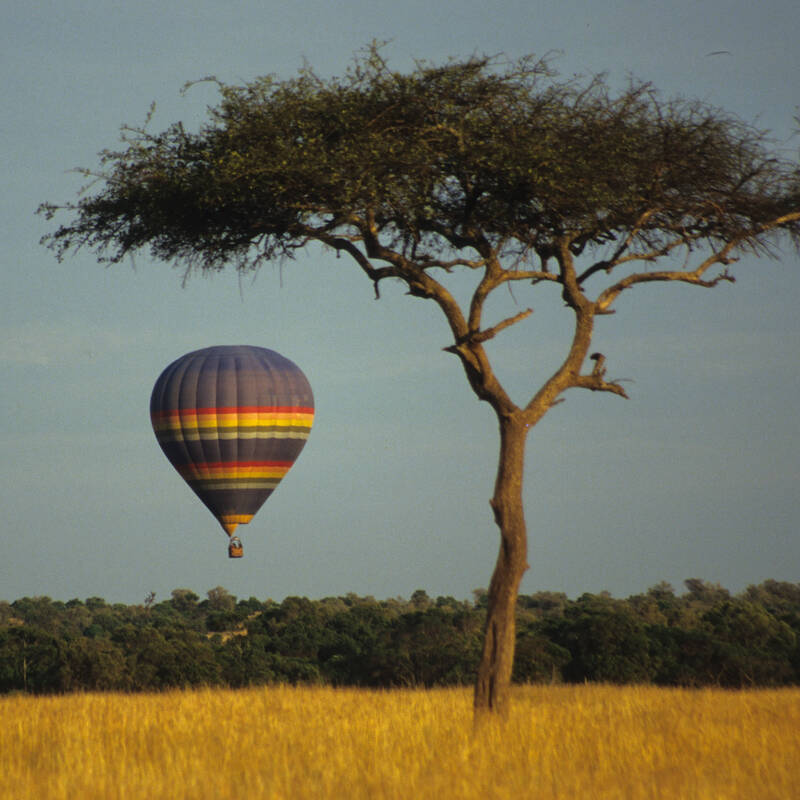
Balloon flight over the Mara
3 hours in total - morning only
With the sun rising over the Loita Hills, you scramble into the balloon basket for the start of a once-in-a-lifetime experience. You’re about to go drifting with the breeze above the trees and plains of one of the world’s greatest wildlife regions.
More about Balloon Safari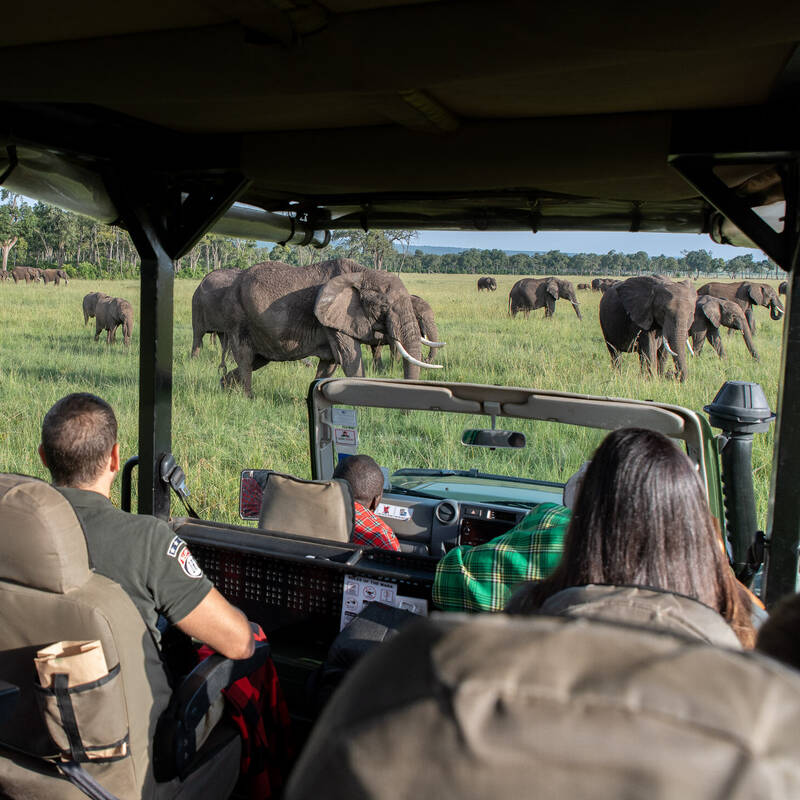
Safari in Maasai Mara National Reserve
All day from sunrise to sunset
If you're not staying in the Maasai Mara National Reserve itself, you're likely to be staying in one of the outstandingly wildlife-rich Maasai-owned private conservancies just outside the reserve boundary. A full-day game drive in the reserve gives you the chance to visit the Mara River and see some of the reserve's fabled wildlife locations.
More about Maasai Mara SafariOther lodges in Maasai Mara Conservancies
Alternative places to stay in this same area.
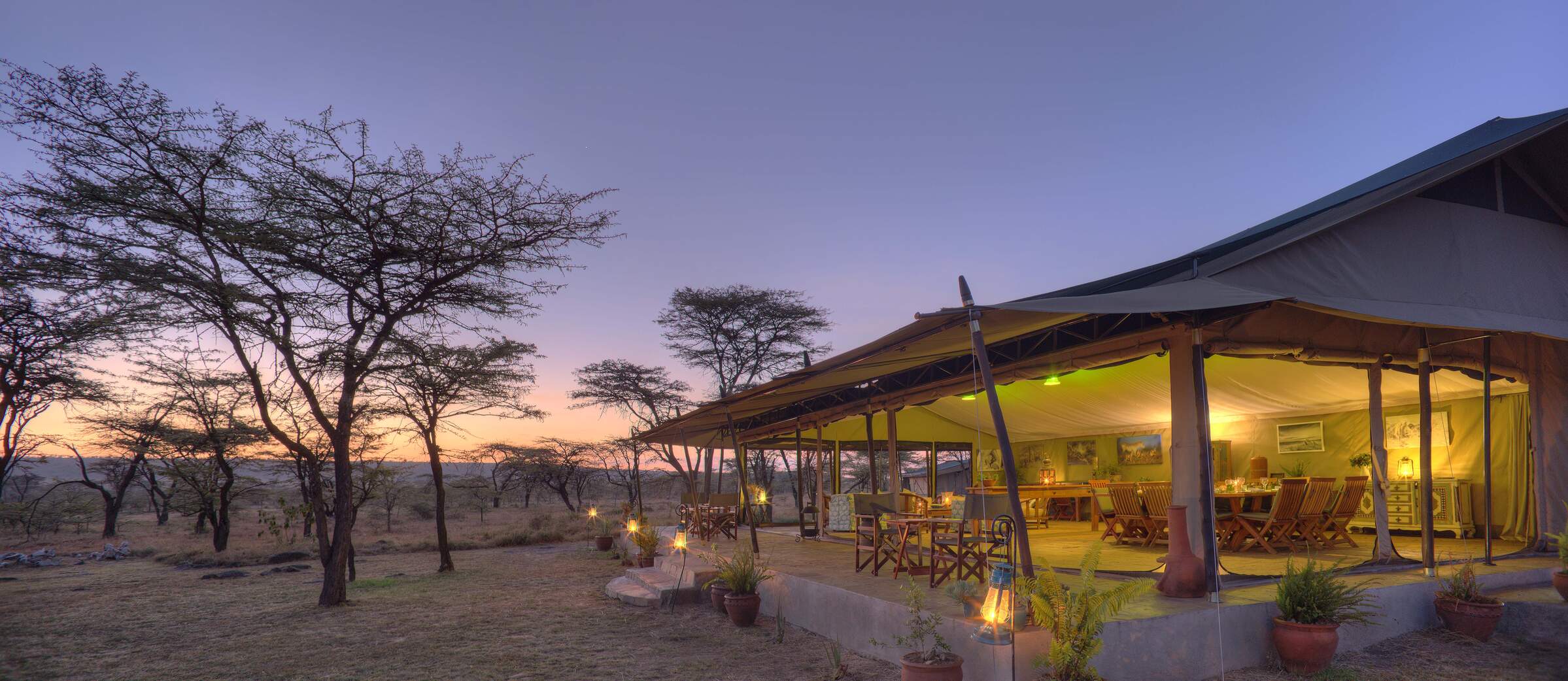
Kicheche Bush Camp
Kicheche Bush Camp is an excellent, intimate and authentic tented camp with a relaxed atmosphere and a focus on photography safaris.
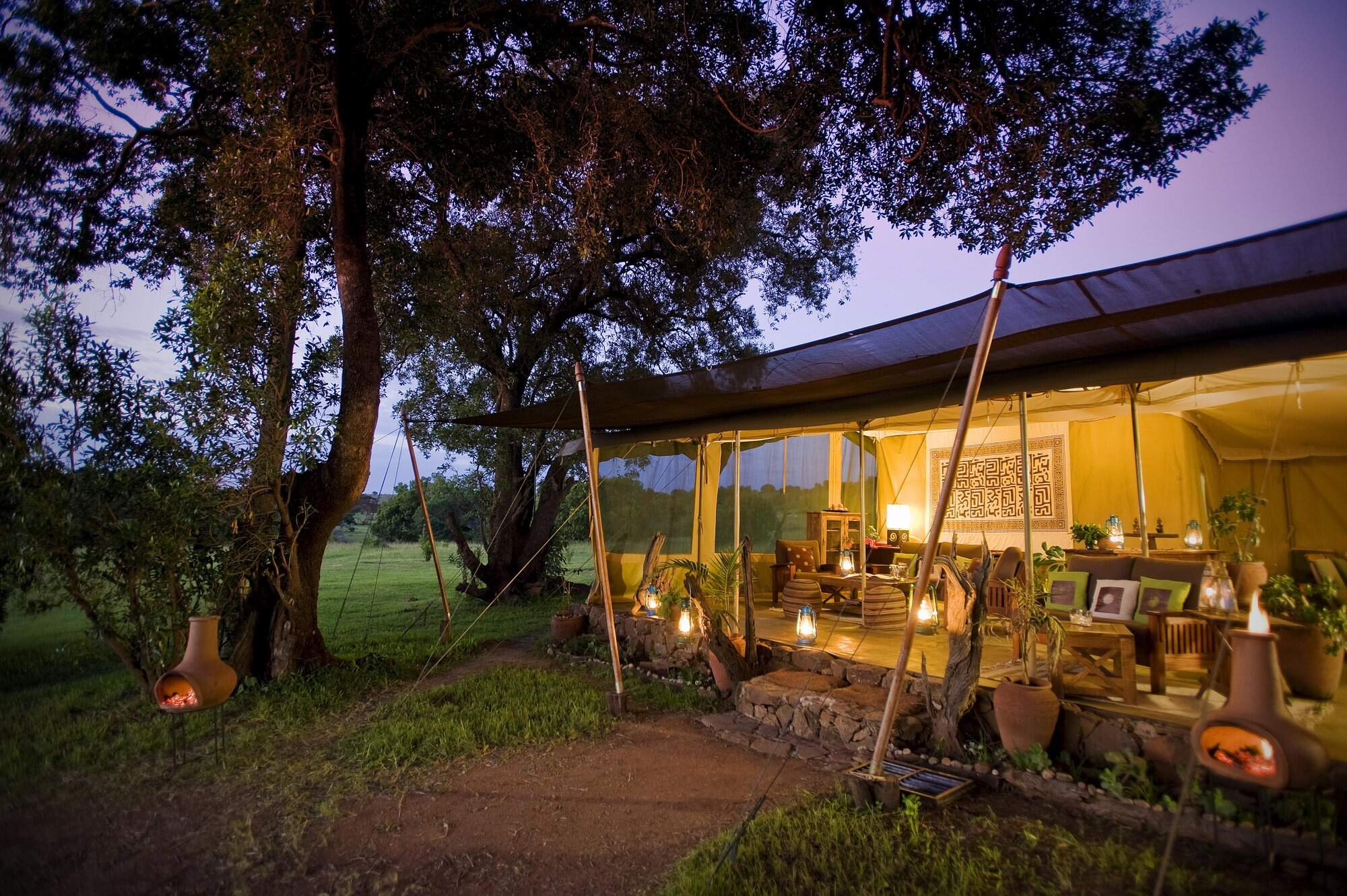
Kicheche Mara
Kicheche Mara Camp has just ten tents and a rustic and comfortable feel. It is set by a stream in a pretty area of the Mara ecosystem's Mara North Conservancy.
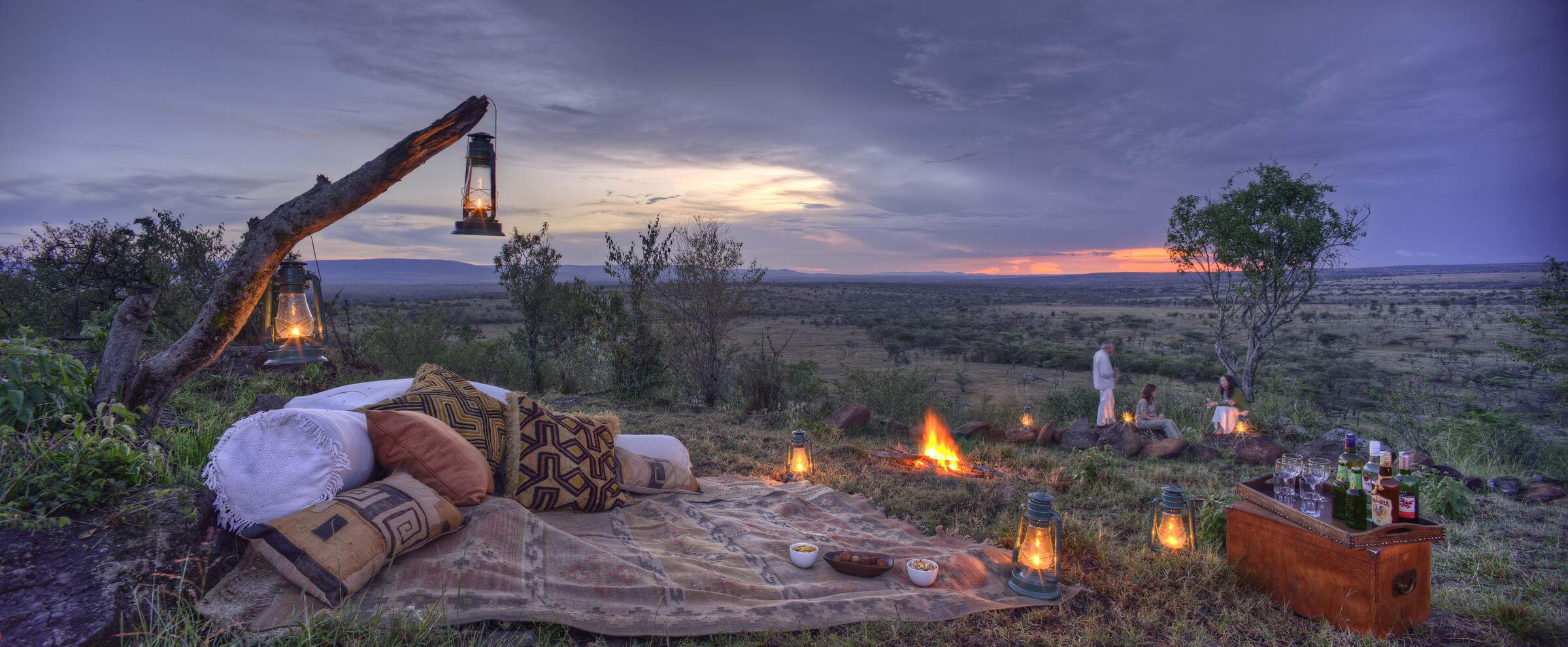
Kicheche Valley
Kicheche Valley is a boutique tented camp in a wooded district of the Mara ecosystem's Naboisho Conservancy, with plenty of wildlife in the area.
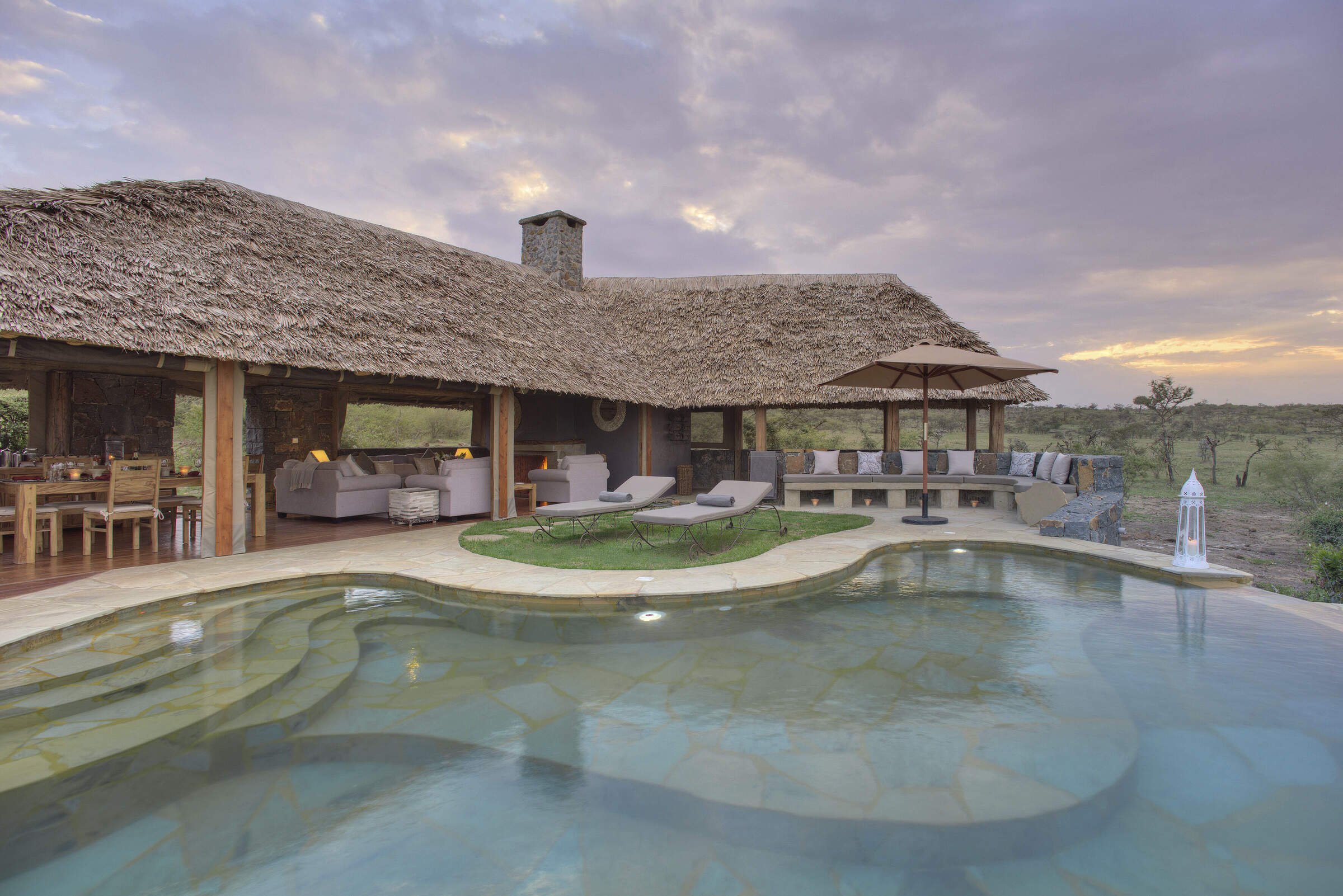
Naboisho Camp
Naboisho Camp is one of the most luxurious of the handful of camps in the Naboisho Conservancy. It offers day and night game drives, game walks and full creature comforts in the bush.
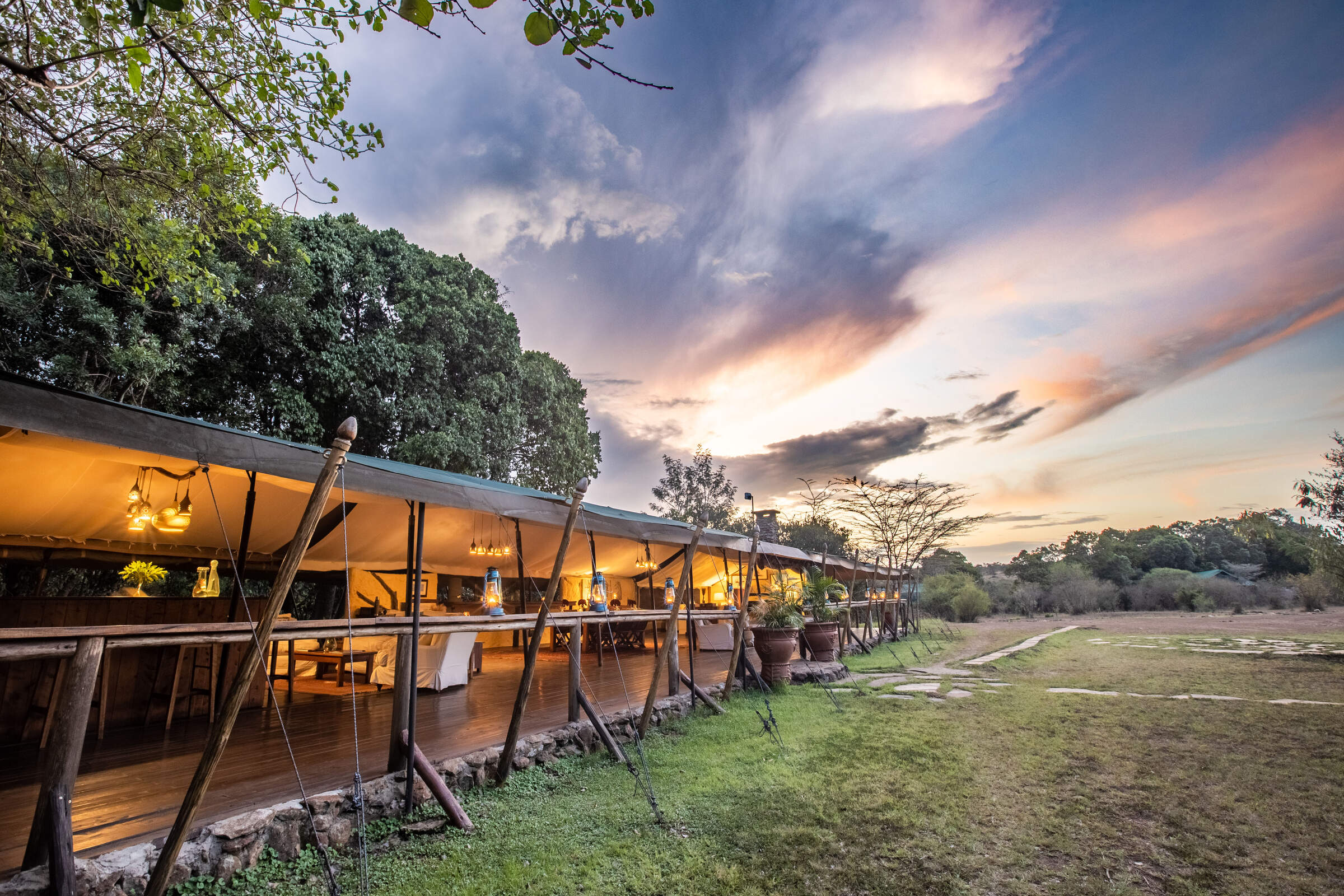
Offbeat Mara
Offbeat Mara is a small traditional camp that appeals to safari traditionalists, located in one of the Maasai Mara’s quiet conservancies.
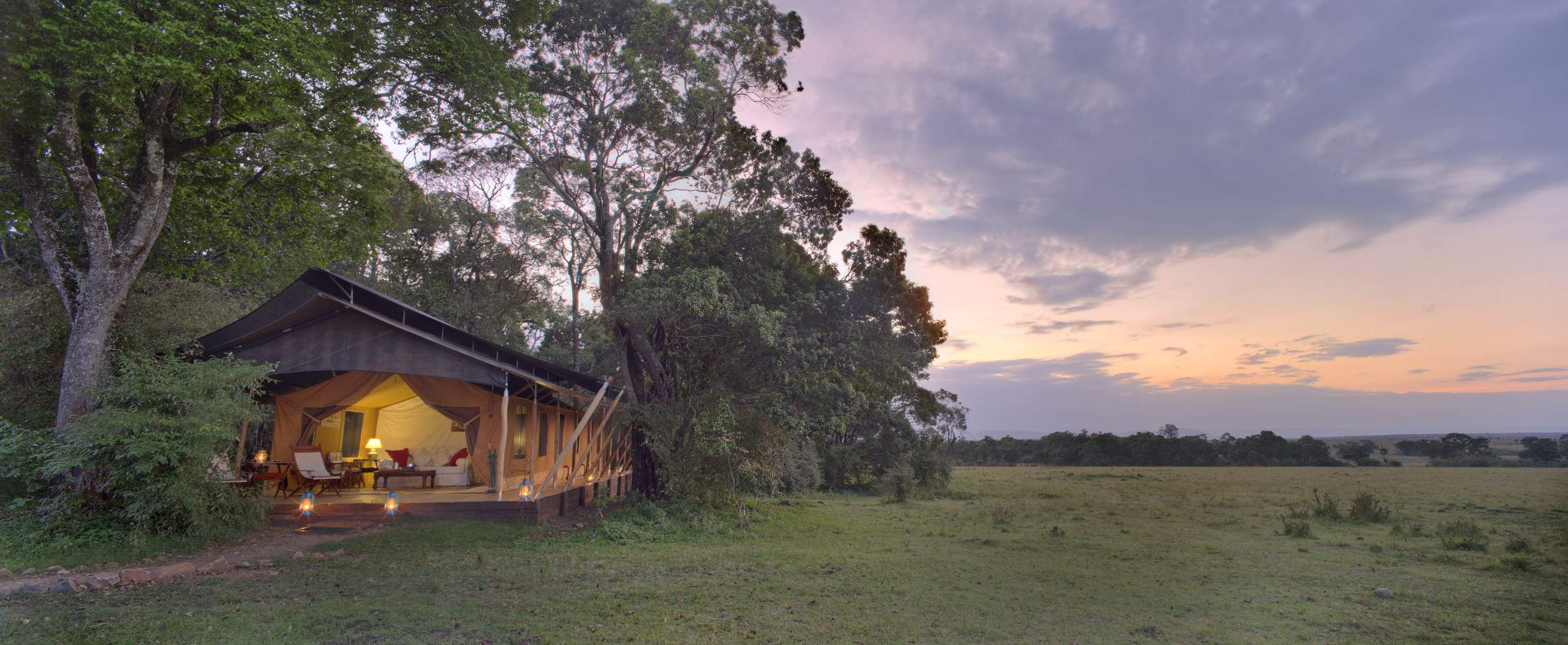
Elephant Pepper Camp
Elephant Pepper Camp is a small 10-tent bush camp, with a vintage safari style, a high level of service and excellent cuisine.
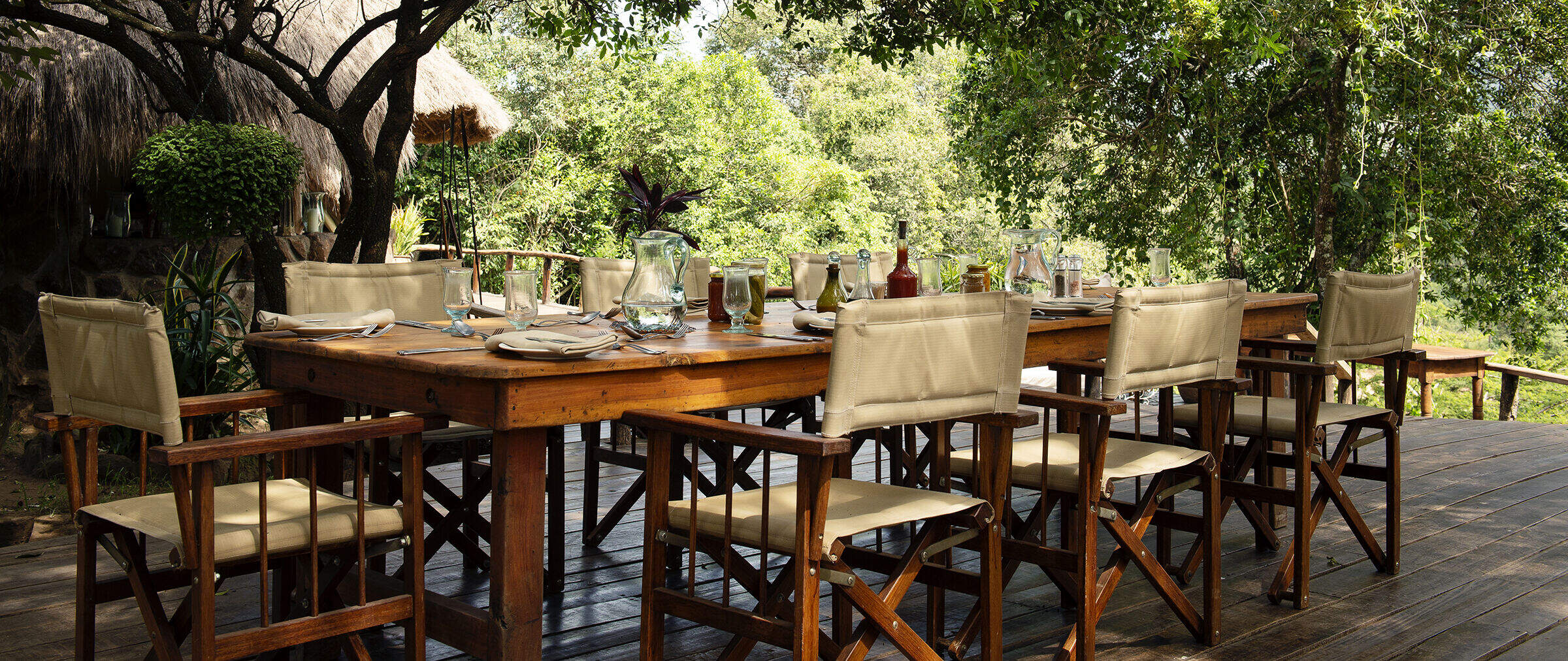
Serian
Serian is a luxury tented camp on the east bank of the Mara River in the Mara North Conservancy. It is the sister camp of Ngare Serian, on the west bank.
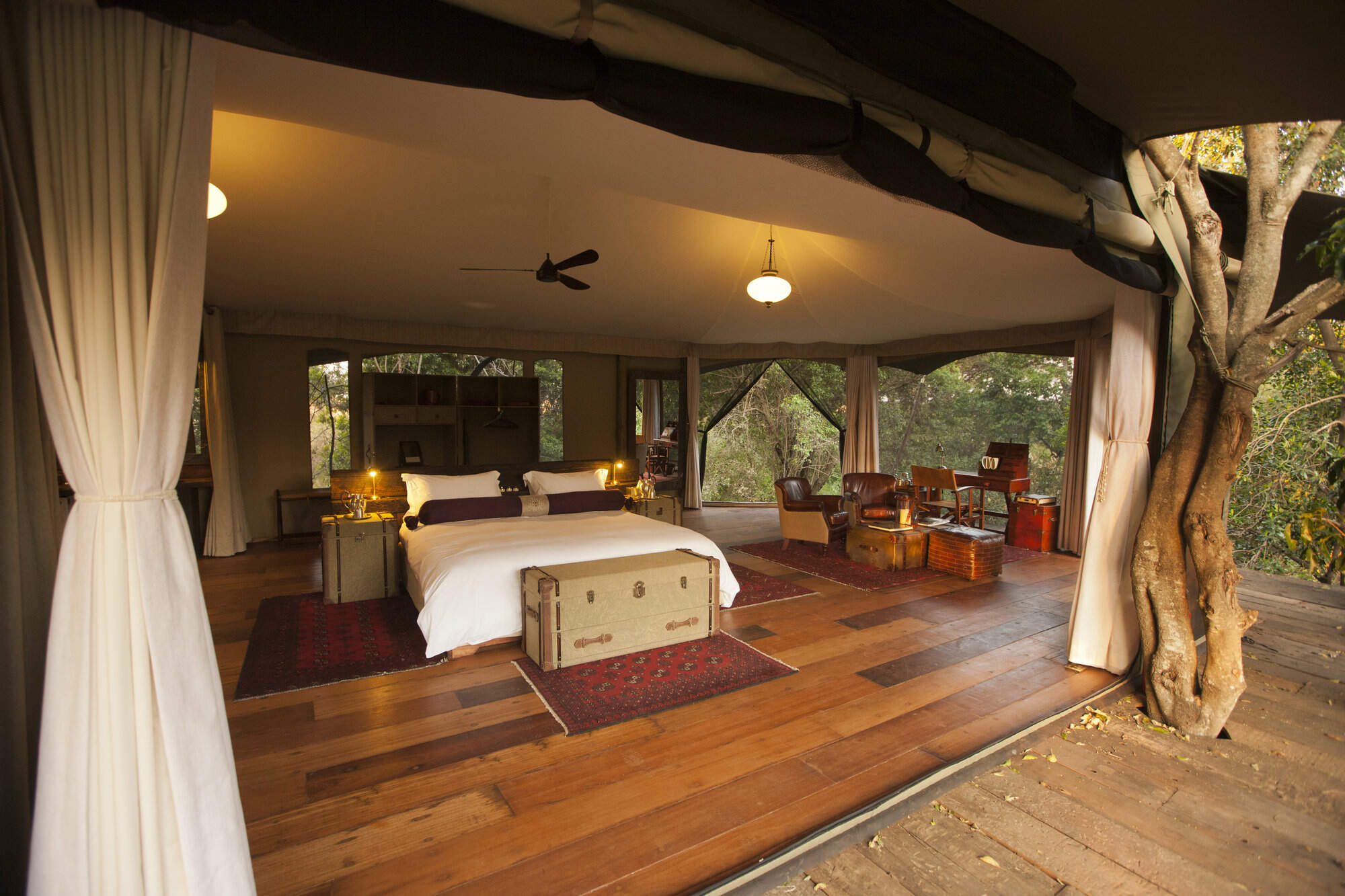
Mara Plains Camp
Mara Plains is one of the very best camps in the Mara ecosystem. Located in the Olare Motorogi Conservancy, just outside the Mara reserve, it has access to three wildlife-viewing areas.
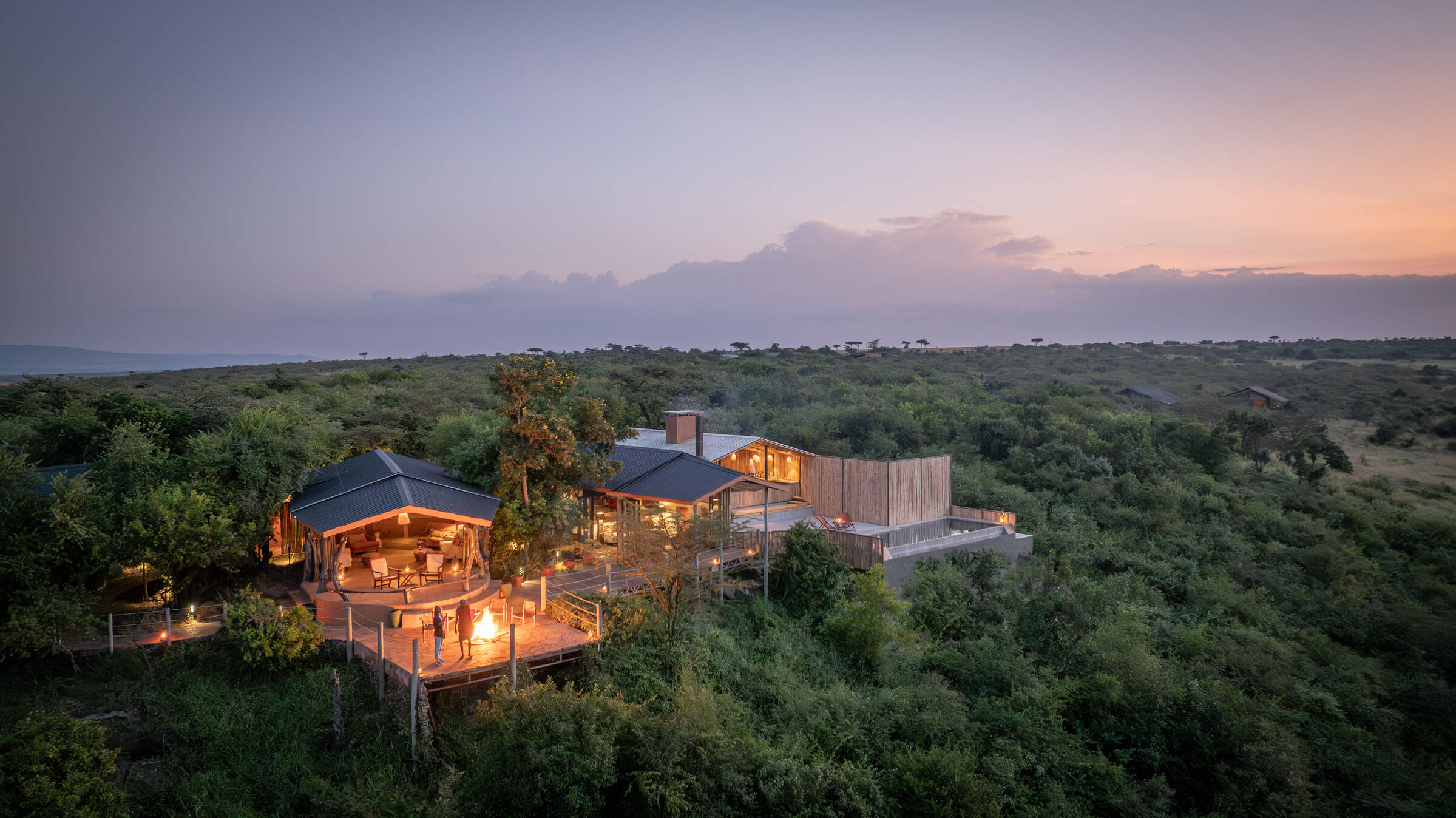
Basecamp Eagle View
Basecamp Eagle View is a community-focused safari camp in the Naboisho Conservancy, with a strong emphasis on responsible tourism and a spectacular location.
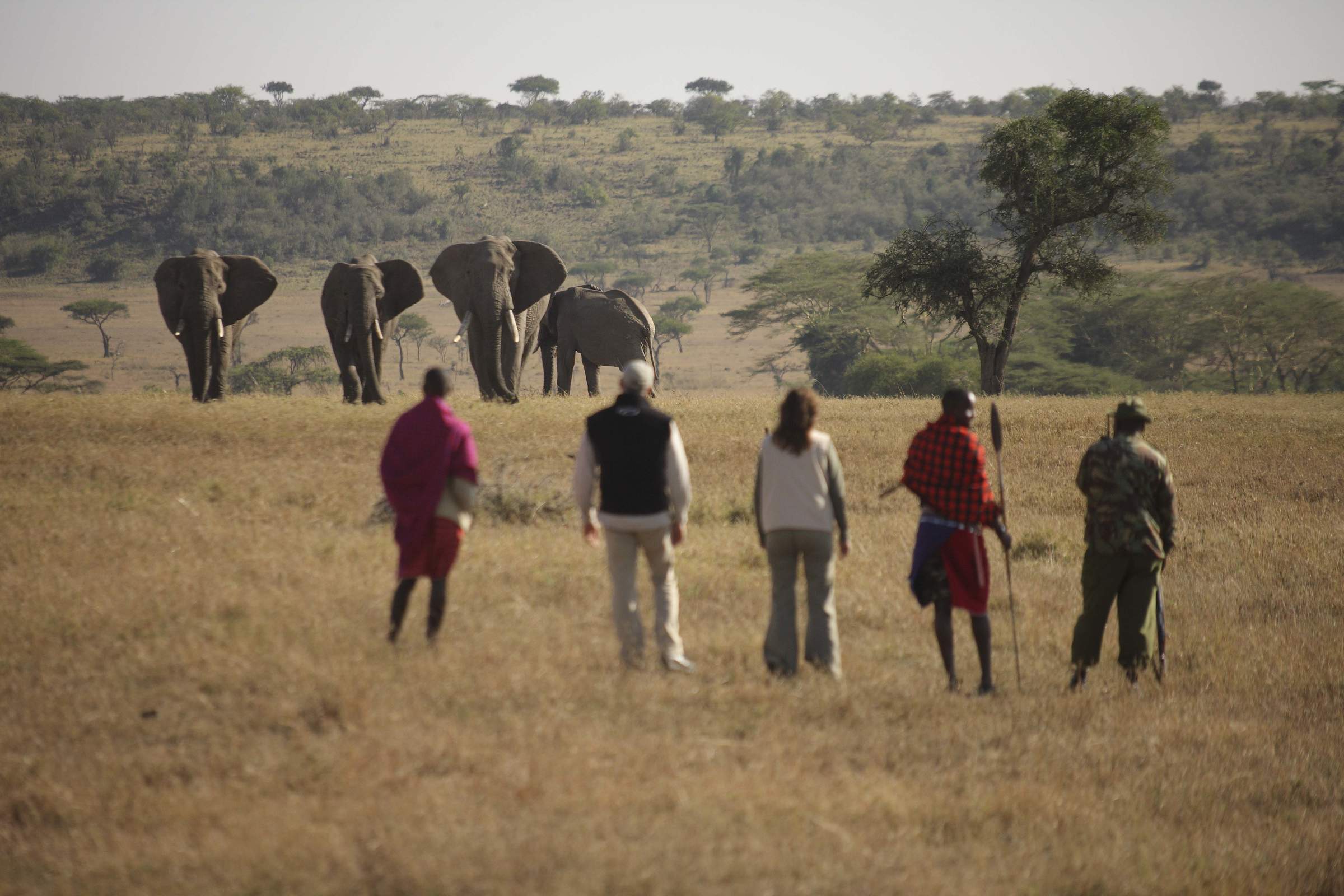
Kicheche Fly Camp
Kicheche Walking Wilderness Fly Camp is a temporaray dome tent camp set up for participants in Kicheche's two-day walking safari between Kicheche Valley and Kicheche Bush Camp.
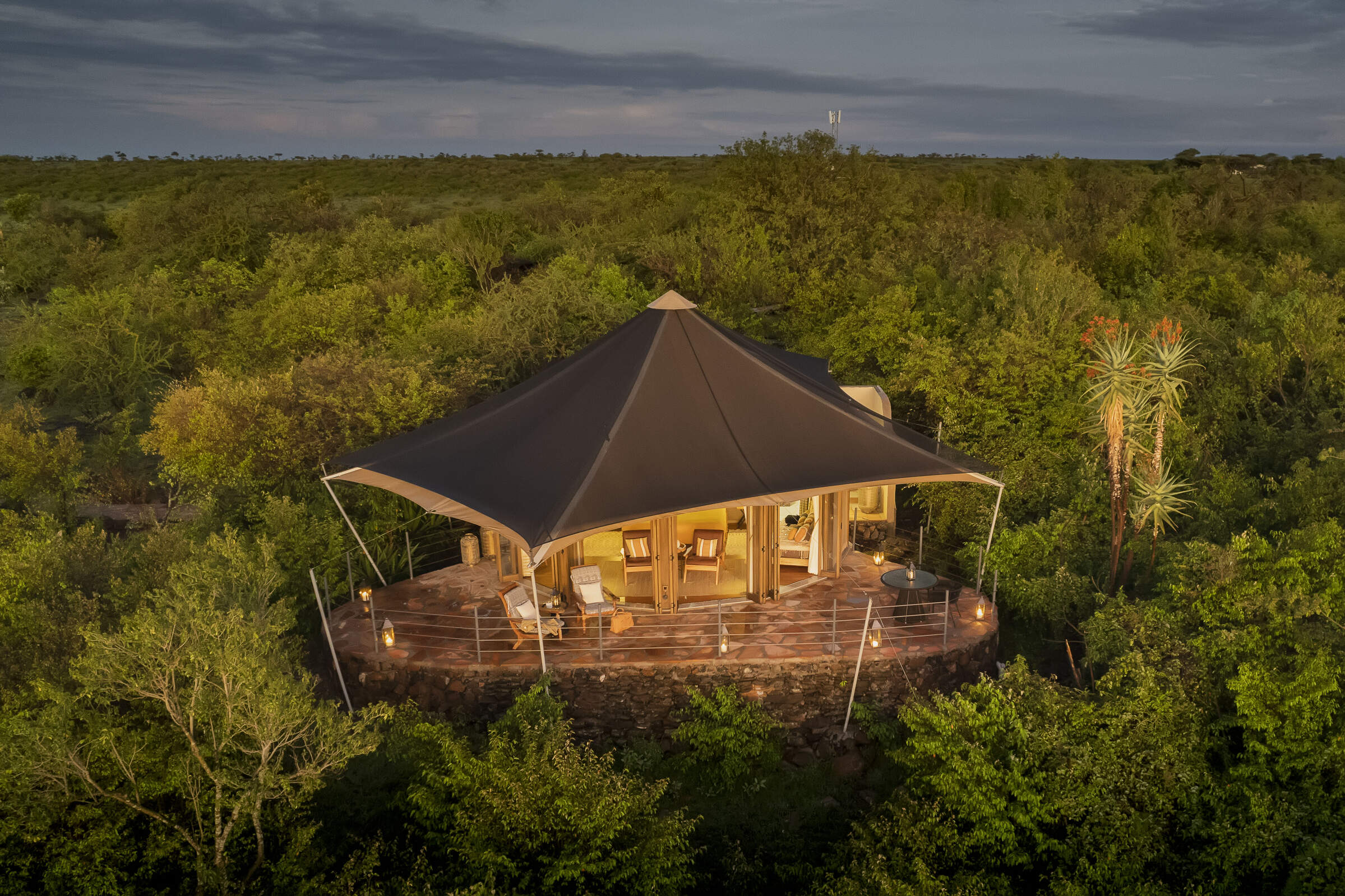
Hemingways Ol Seki
Magnificently located tented lodge on a bluff looking south across the Naboisho Conservancy toward the Maasai Mara National Reserve.
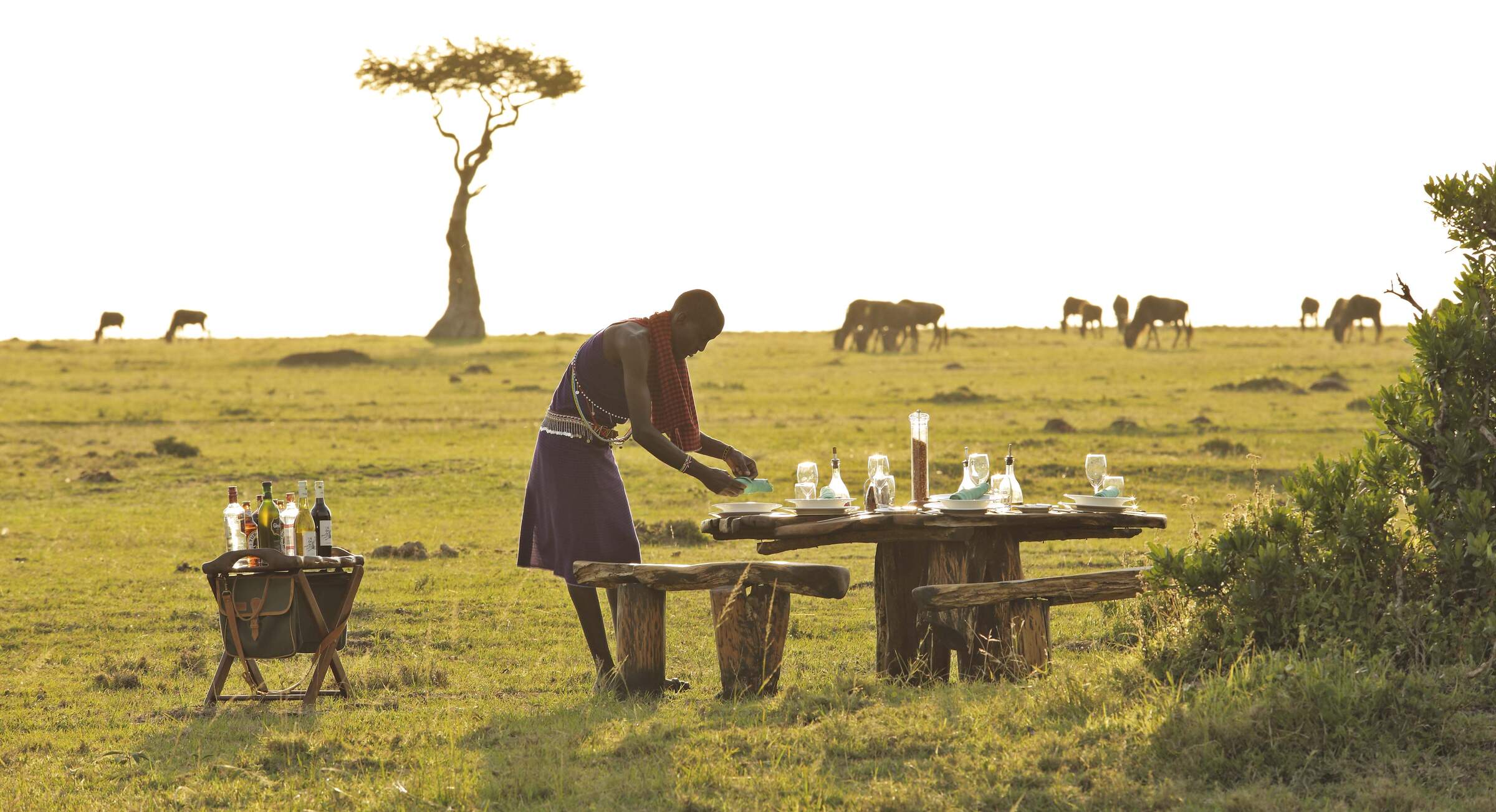
Saruni Wild
Saruni Wild is a rustic and traditional safari camp in the Lemek Conservancy, with just three tents and limited electricity.
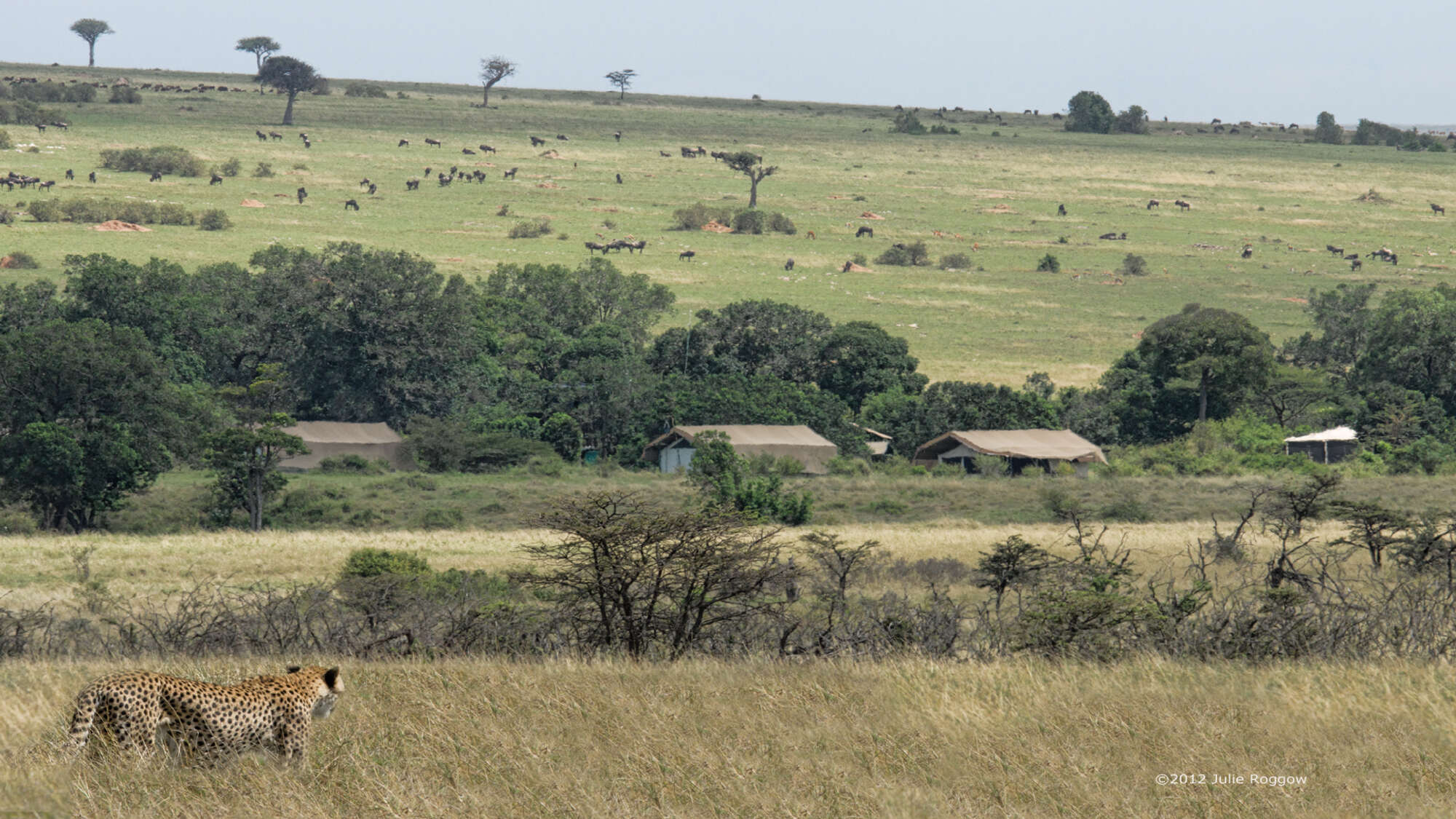
Porini Lion Camp
Porini Lion Camp is a pioneering, community focused eco-camp, with excellent guides and game viewing, in the predator-rich, Olare Motorogi Conservancy.
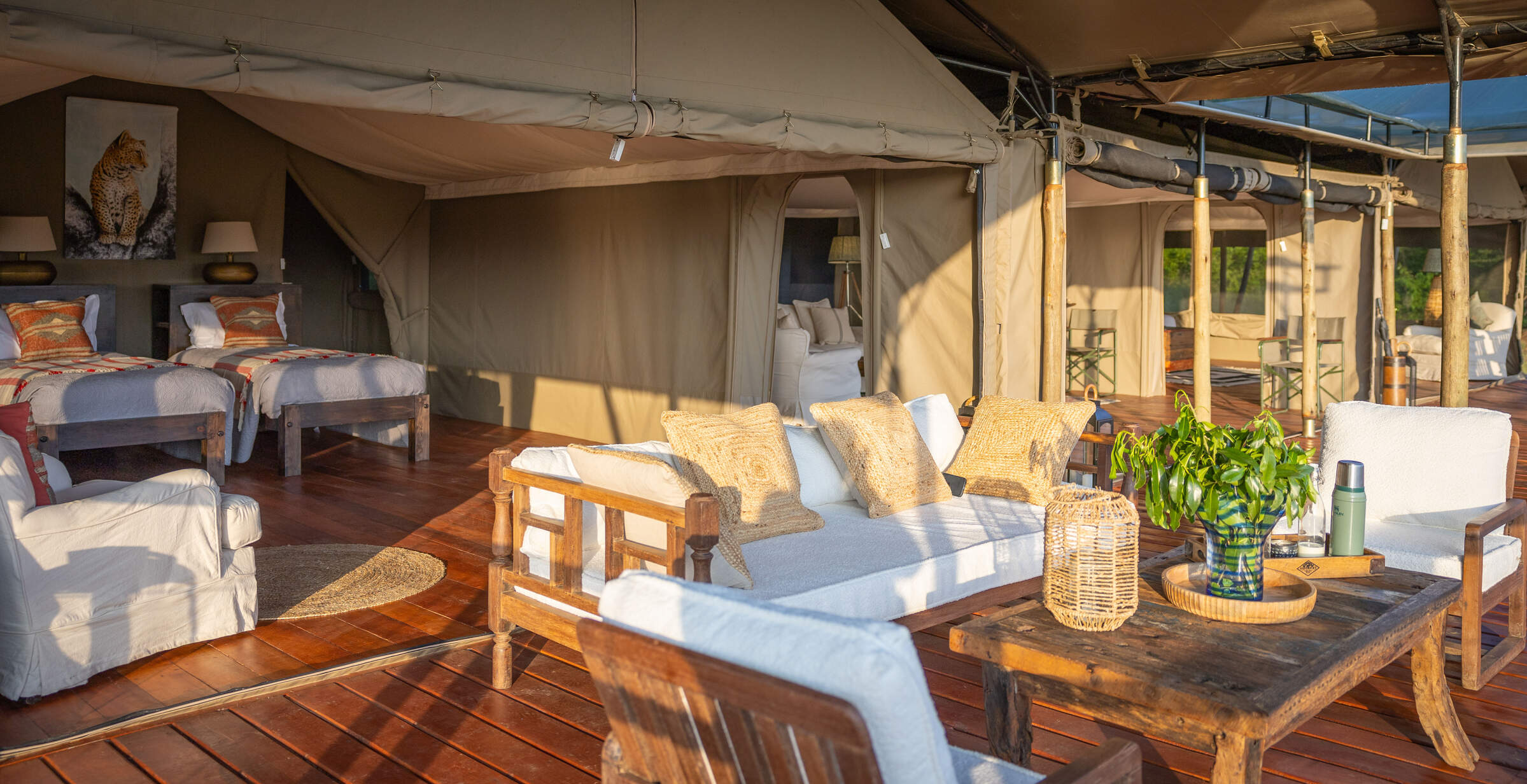
Offbeat Ndoto
Small and intimate, Offbeat Mara is set in a valley above the (often dry) Olare Orok River within the Mara North Conservancy.
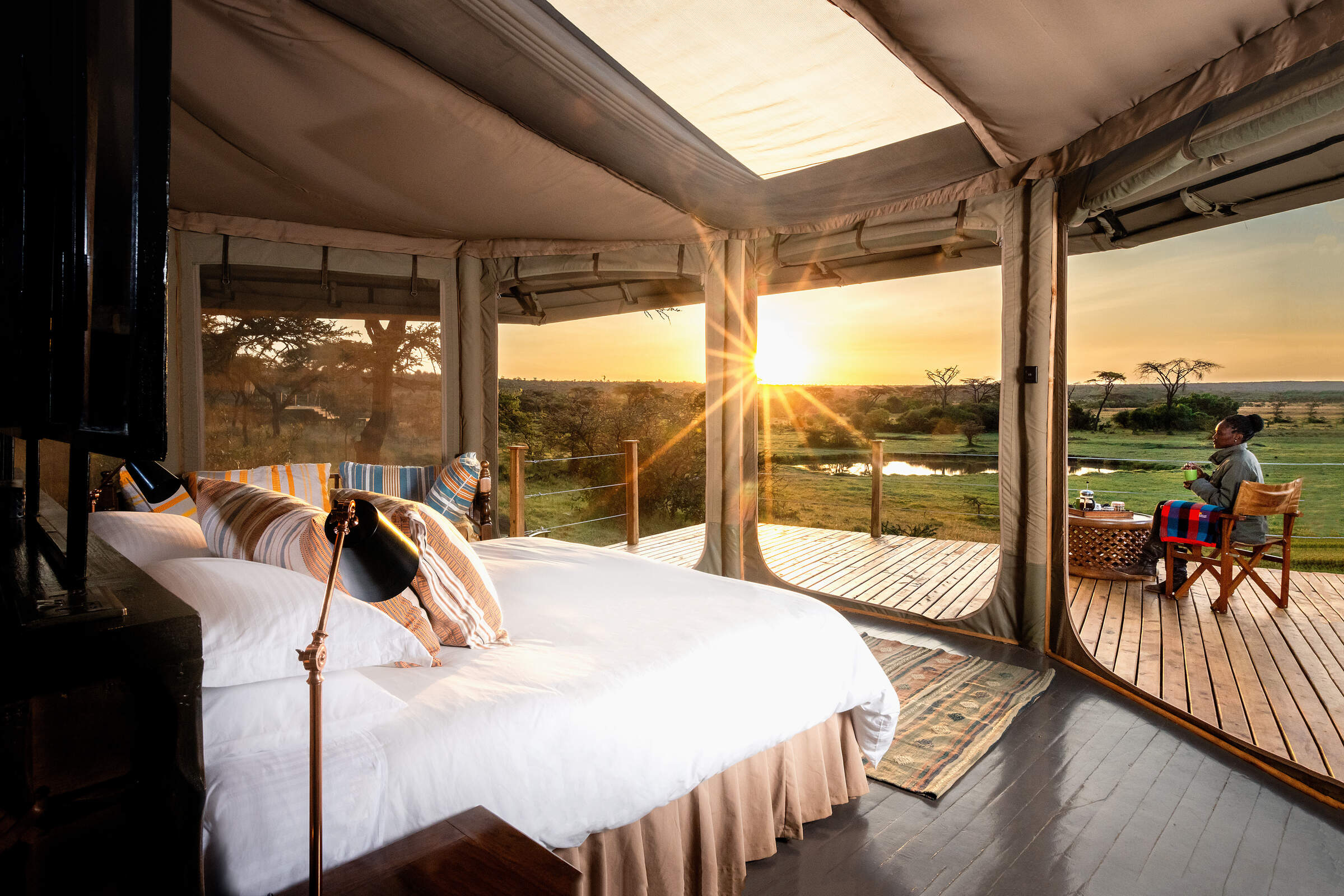
Basecamp Leopard Hill
With six beautiful tents, Basecamp Leopard Hill is a smart safari camp in the Naboisho Conservancy in the Maasai Mara ecosystem.
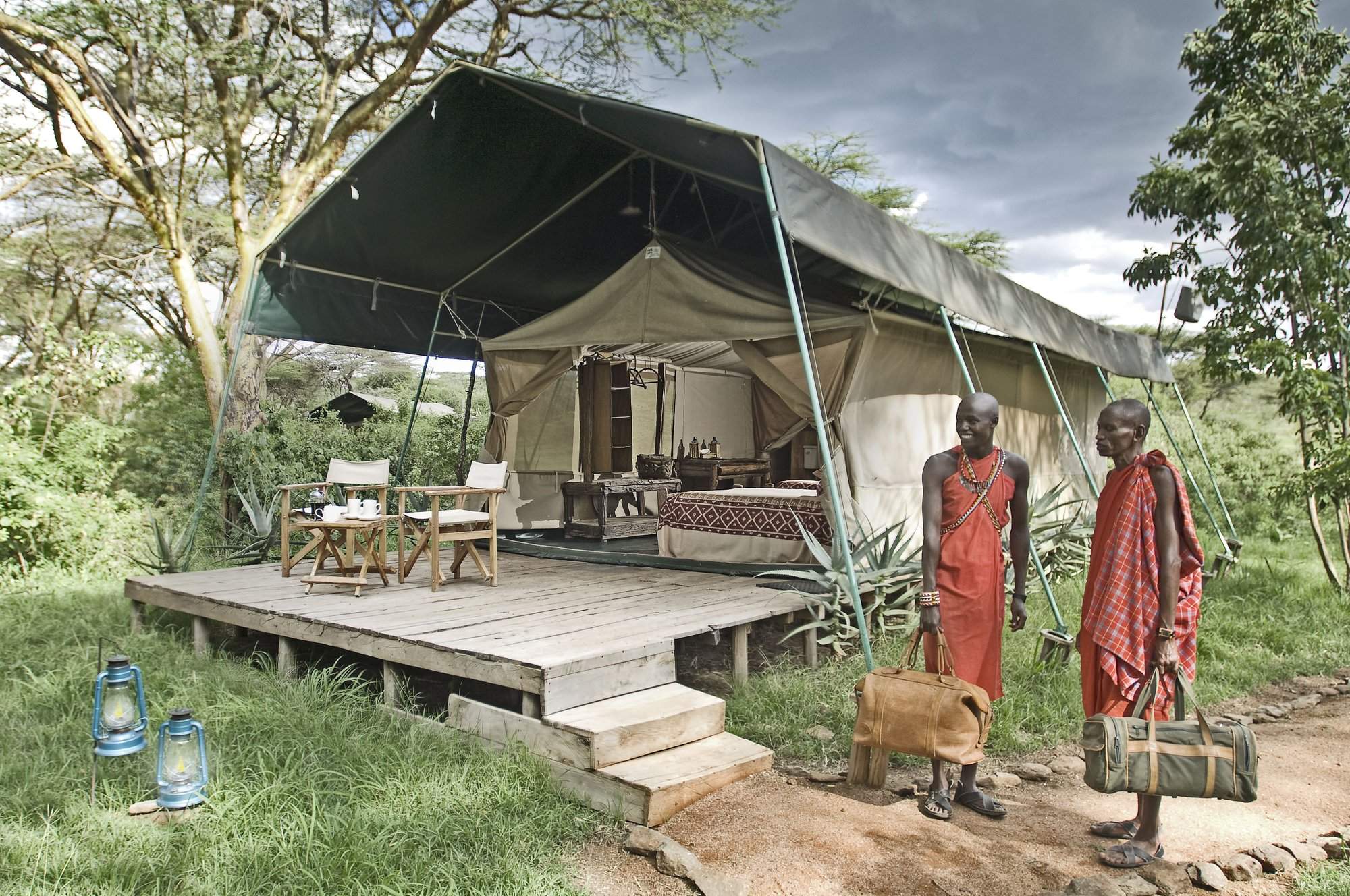
Porini Mara Camp
Porini Mara Camp is a small, pioneering eco-camp in the first private conservancy in the Mara region, with comfortable accommodation and a range of activities.
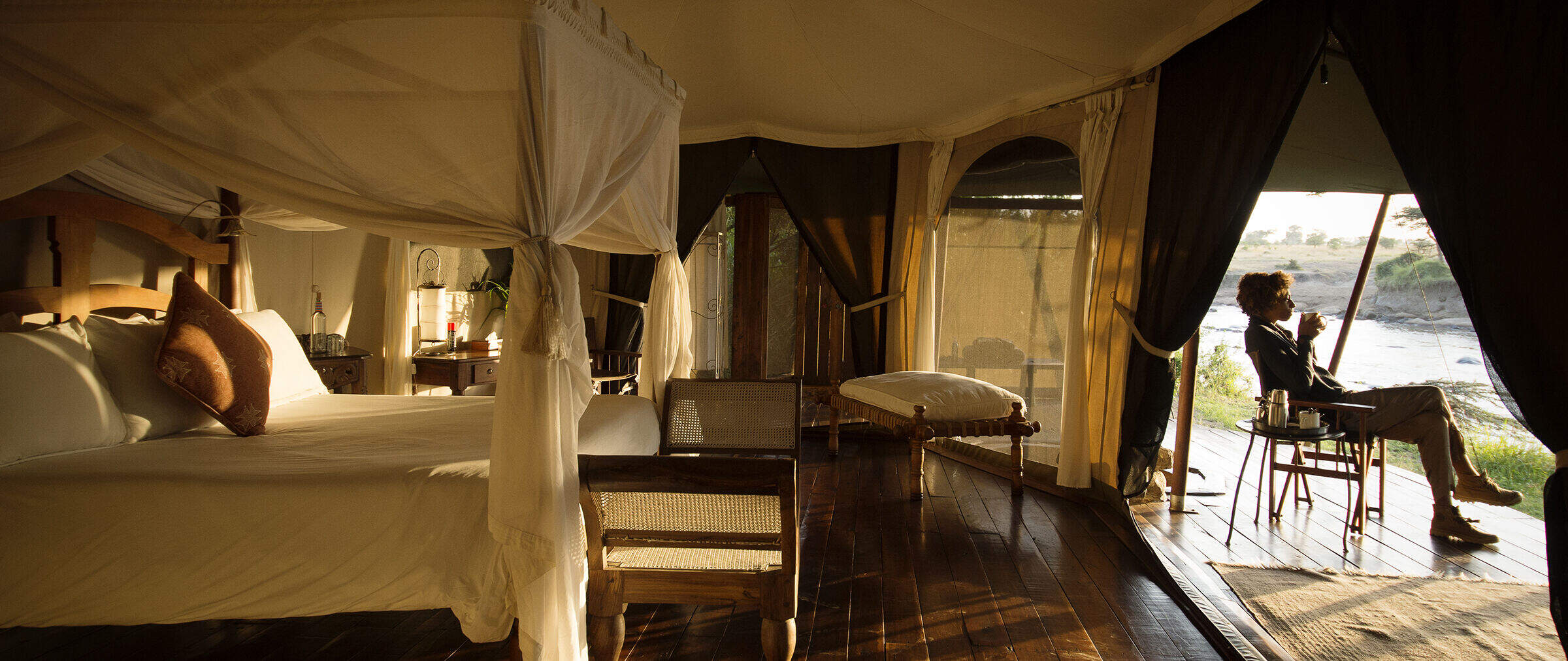
Ngare Serian
The luxurious Ngare Serian and its sister camp Serian face each other across the Mara River on the western side of the Mara North Conservancy
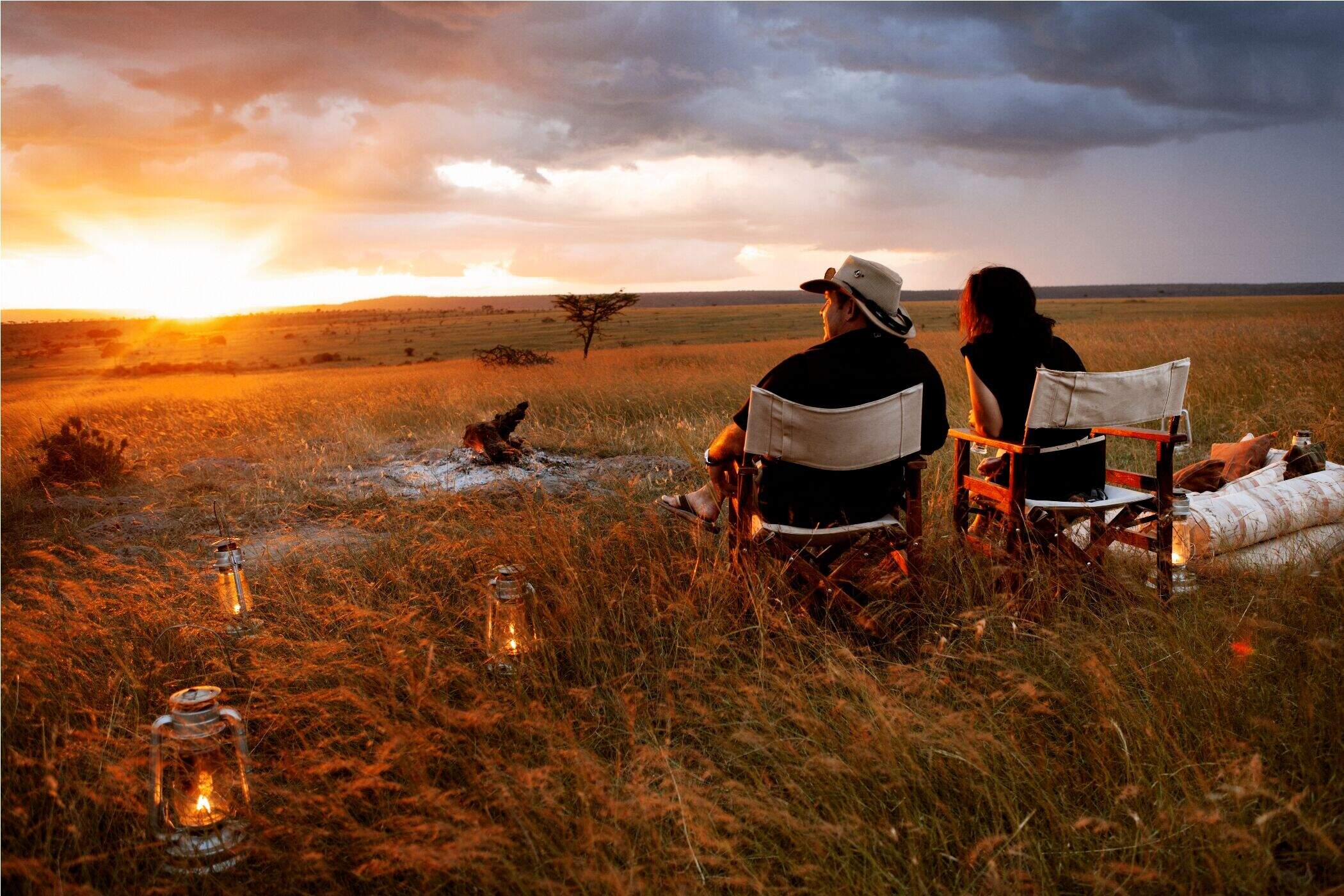
Karen Blixen Camp
Karen Blixen Camp sits on a meander of the Mara River in the Mara North Conservancy, just beyond the northern boundary of the Maasai Mara National Reserve.
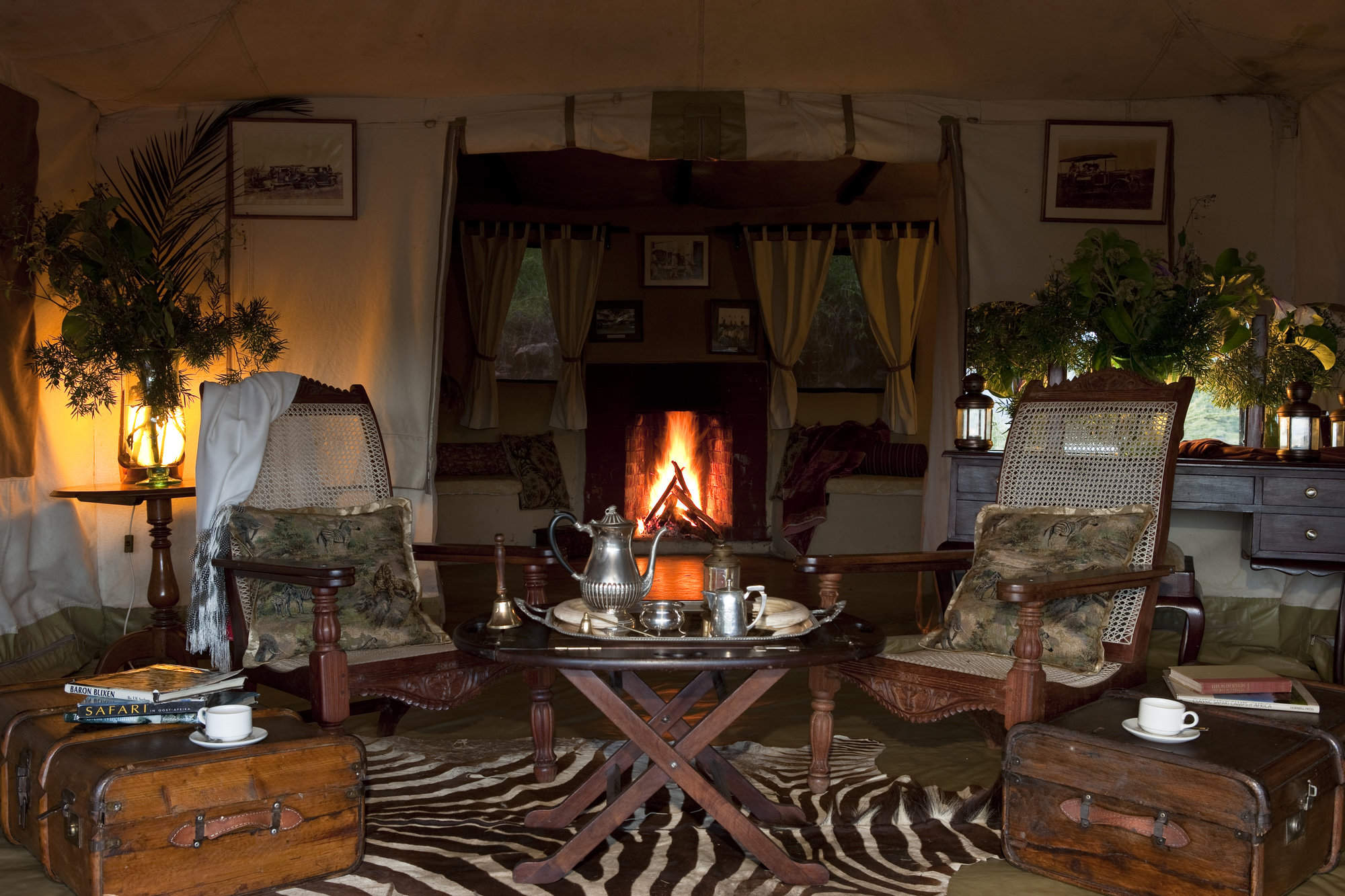
Cottars 1920s Camp
Cottar's 1920s Camp is a classic, luxury tented camp with a 1920s safari theme, located in its own conservancy on the southeast border of the Maasai Mara National Reserve.
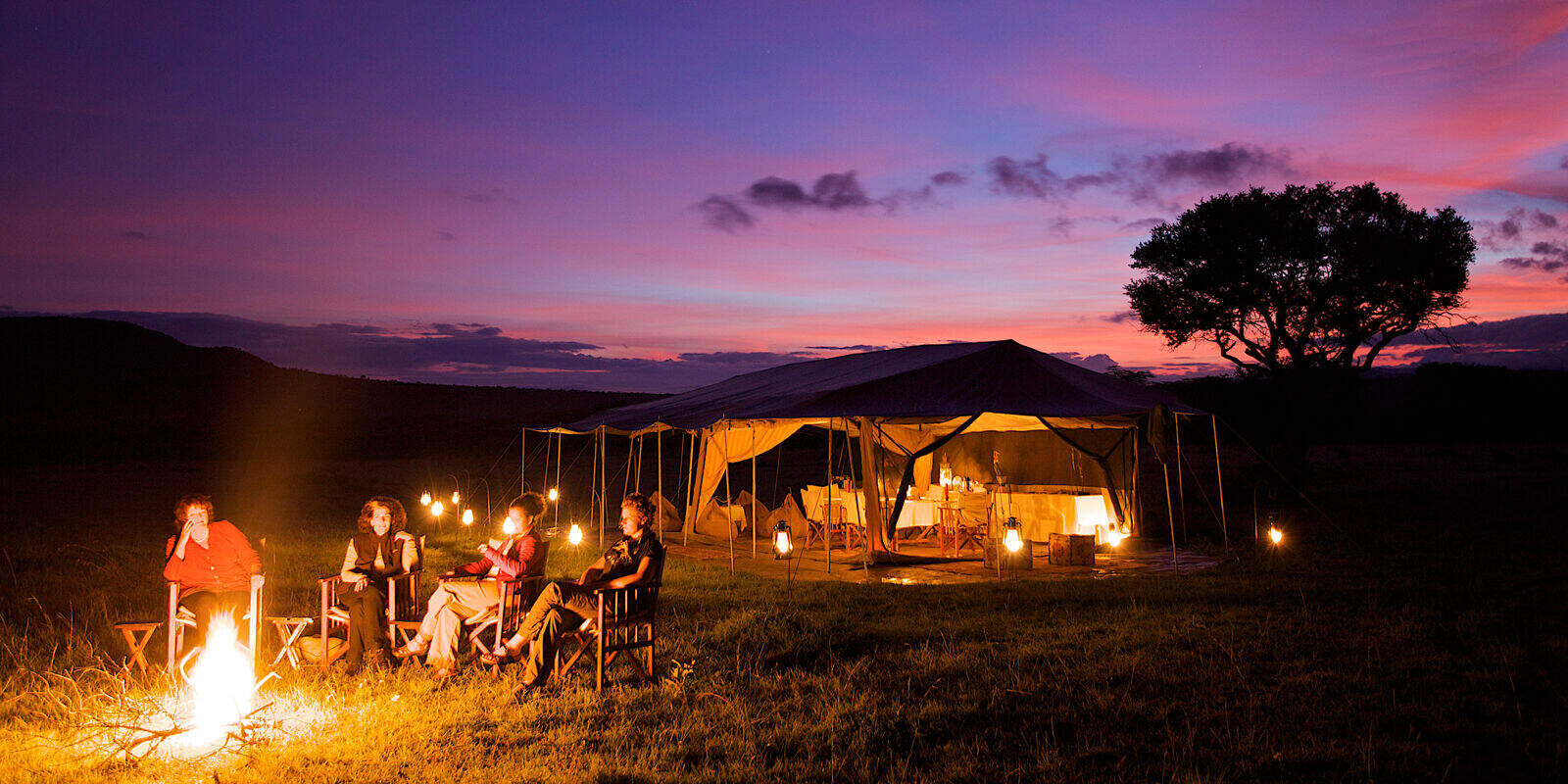
Leleshwa
Leleshwa was a delightful, boutique safari camp on the picturesque banks of a tributary of the Talek, with an extensive, little visited game area on its doorstep.
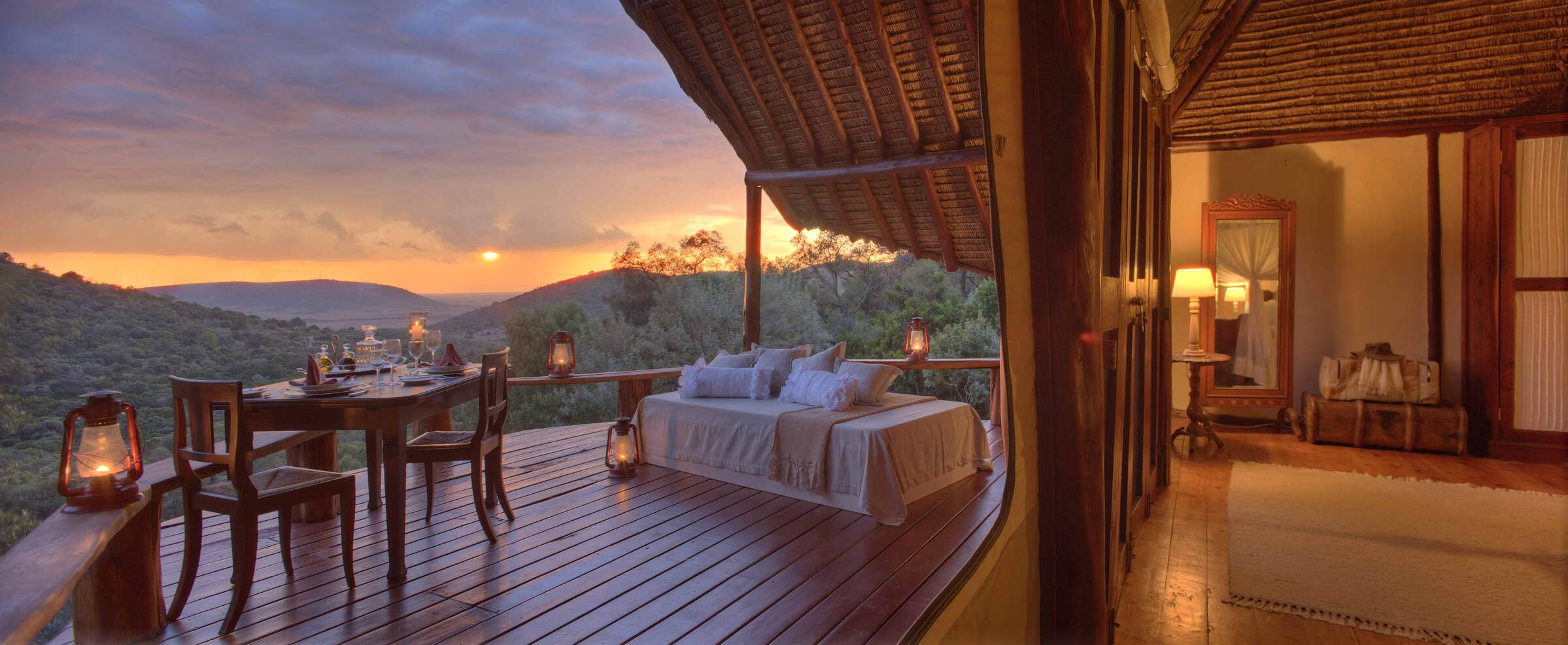
Saruni Mara
Saruni Mara is a luxurious permanent lodge, on the remote northern edge of the Mara North Conservancy, with stunning views, good guiding and very private and comfortable rooms.
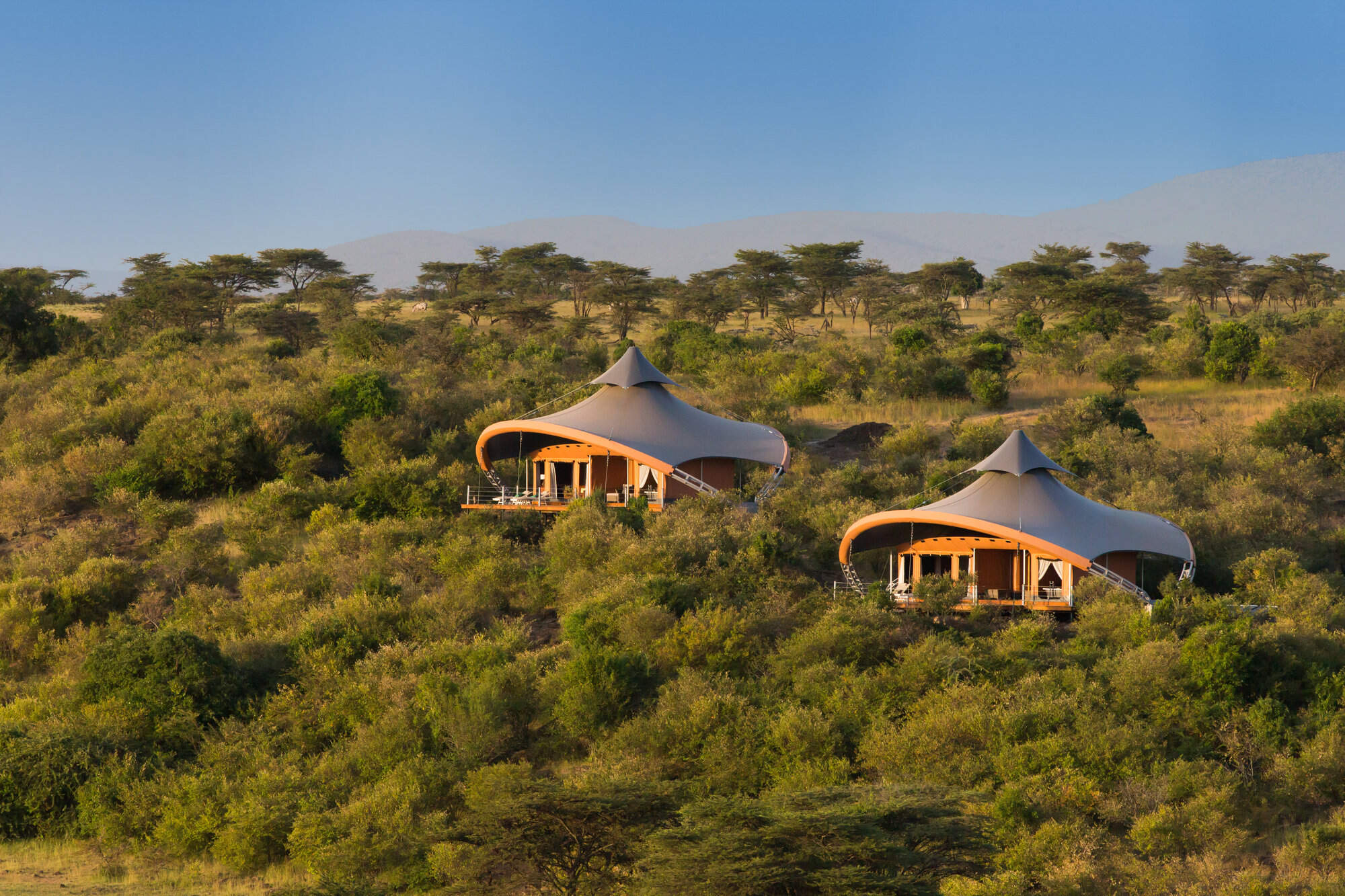
Mahali Mzuri
Mahali Mzuri is a strikingly modern tented camp in the Virgin Limited Edition group, in a remote part of the Mara ecosytem's Olare Motorogi Conservancy. It has lovely views and all the luxuries of a five-star hotel.
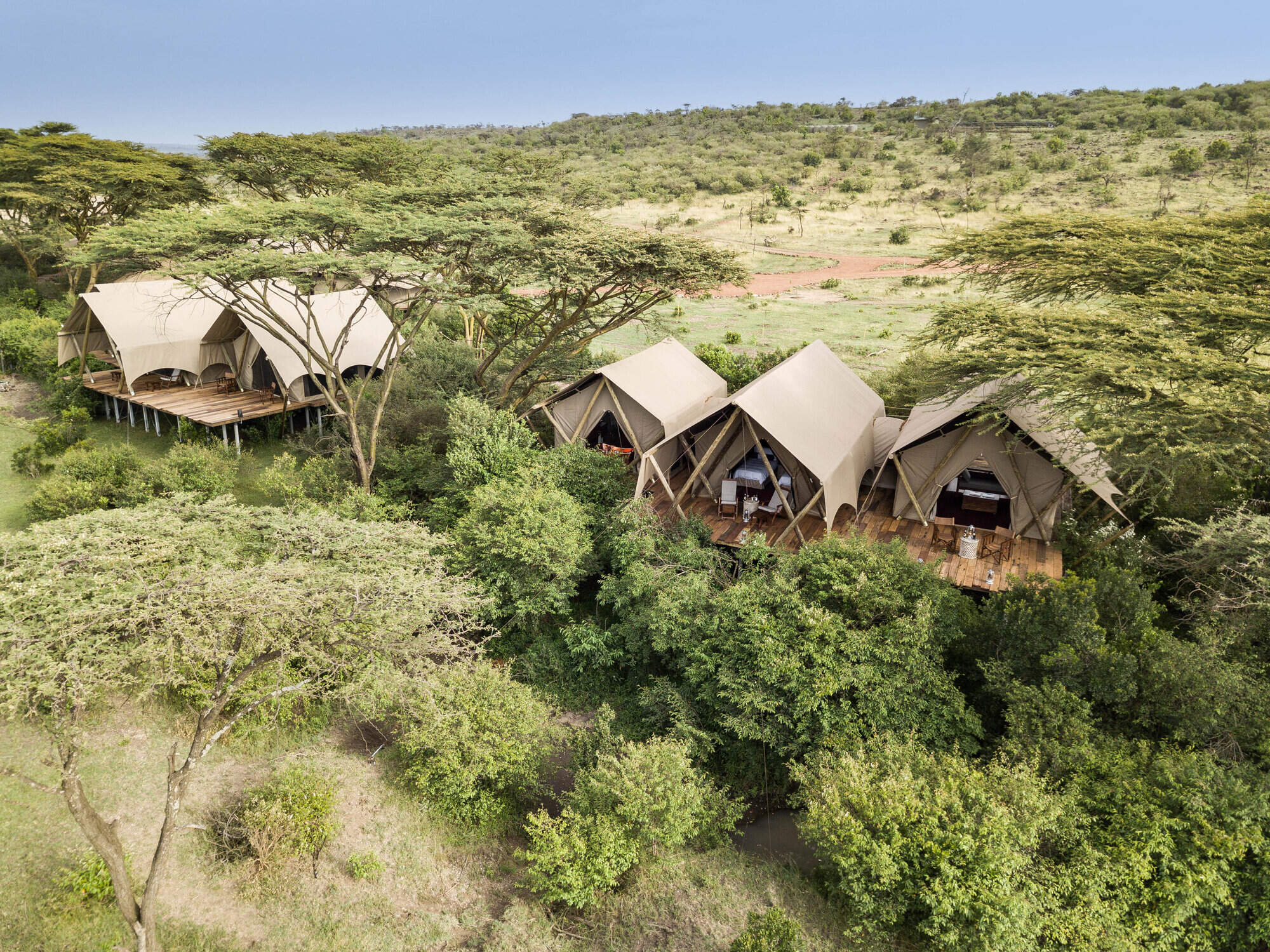
Mara Nyika
Mara Nyika is one of the newer additions to the Naboisho Conservancy and offers a luxurious and exclusive safari.
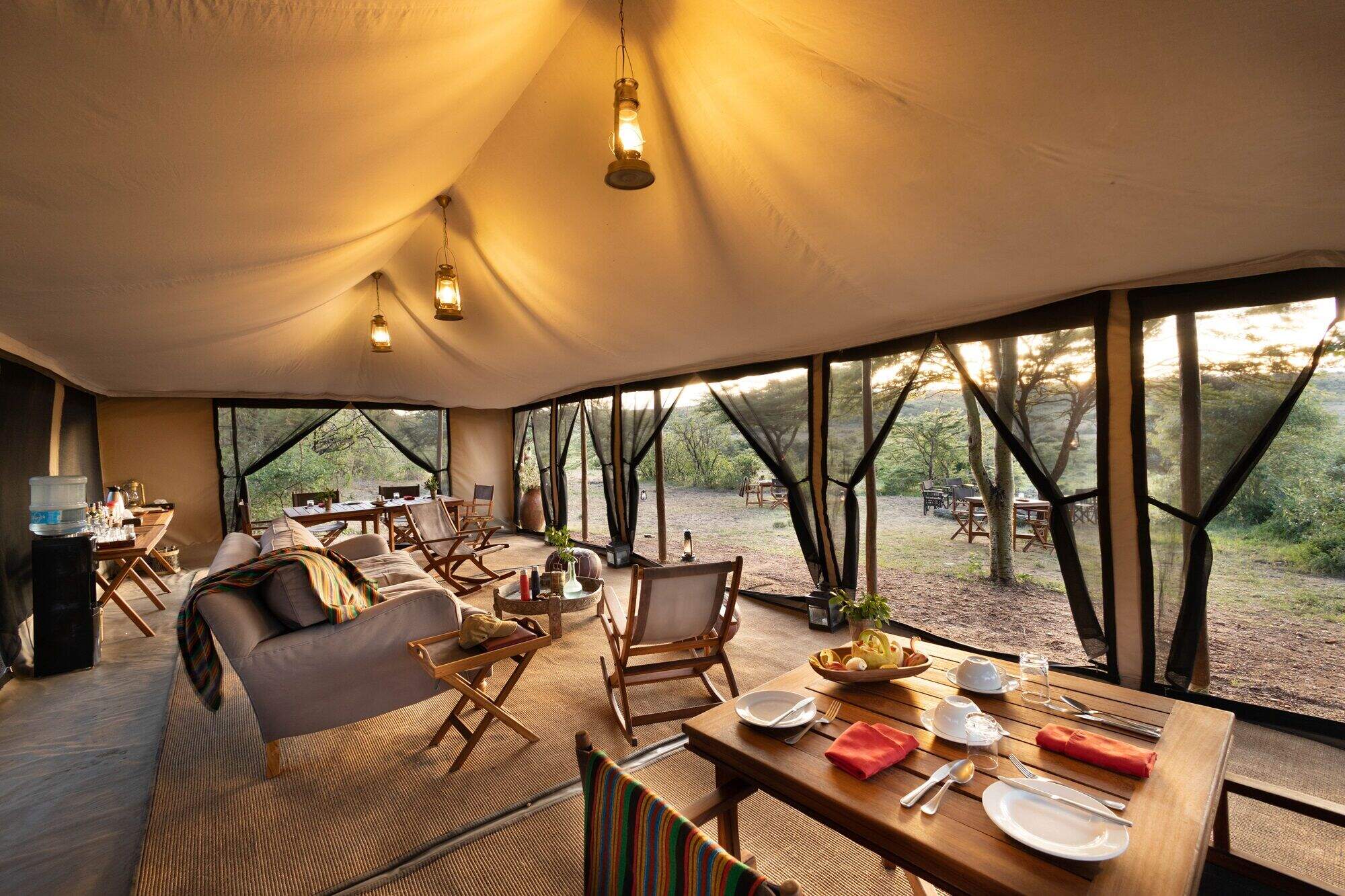
Basecamp Wilderness
Basecamp Wilderness Camp is a simple, traditional tented camp, set in a remote valley in the Naboisho Conservancy in the Mara ecoystem.
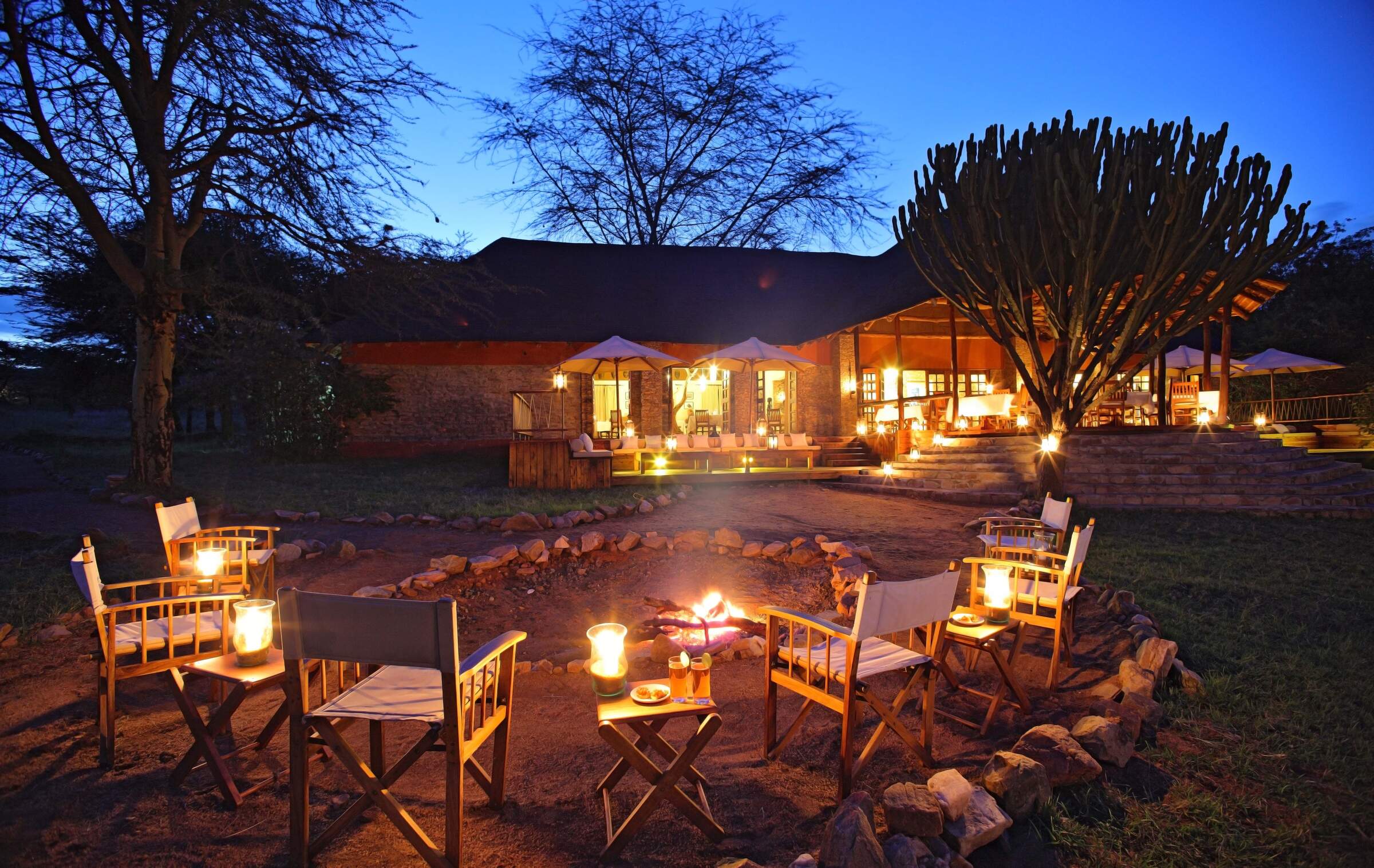
Mara Bushtops
Mara Bushtops is a luxury safari hotel on a private concession, outside the Maasai Mara National Reserve, with the emphasis on comfort, relaxation and good food and wine.
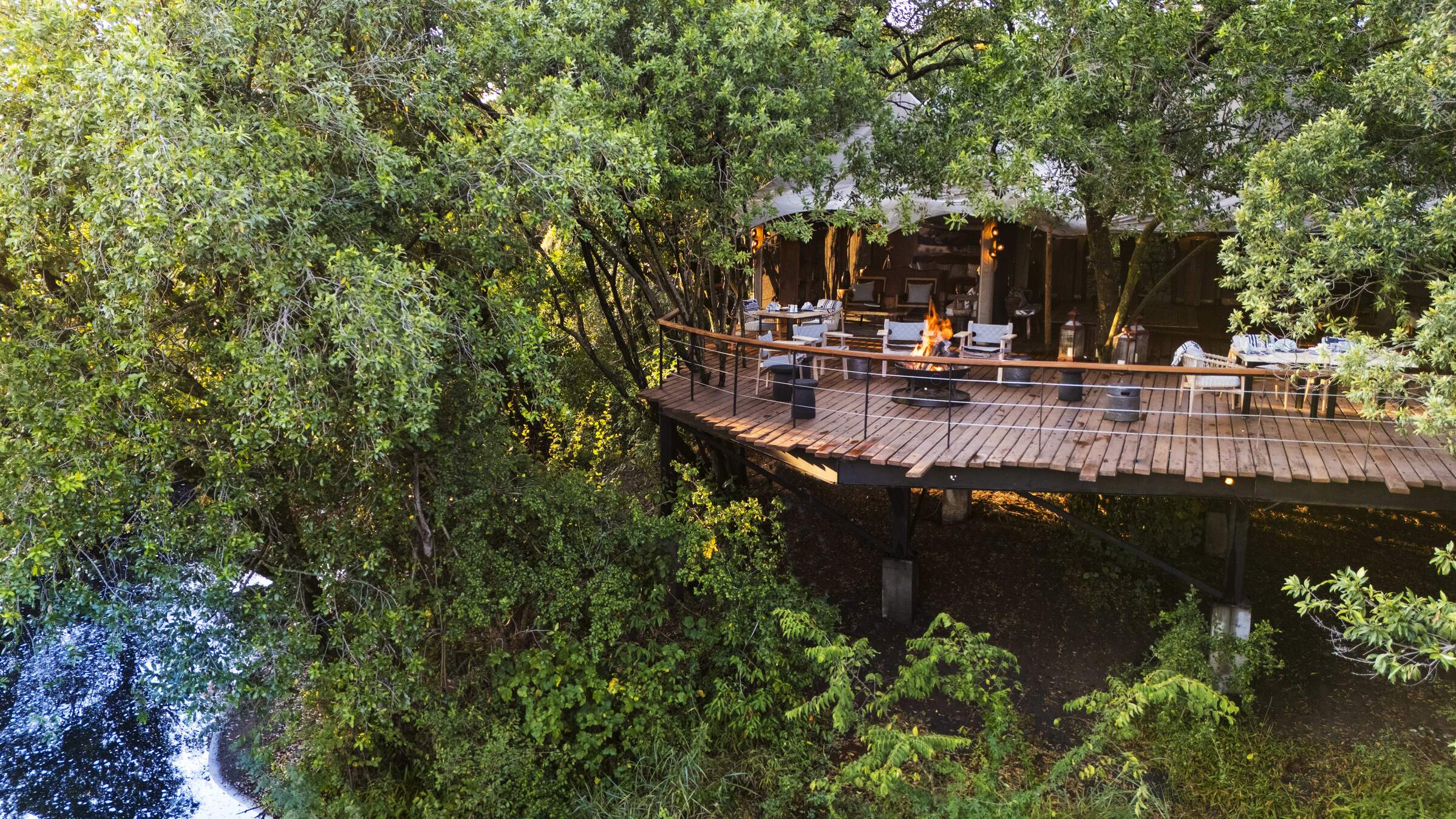
Mara Toto Tree Camp
Mara Toto Tree Camp is located on a wooded bend of the Ntiakatek River, 1km south (as the pied crow flies) from its sister camp, Mara Plains. It's the offspring of the original "Mara Toto" which was swept away in floods.
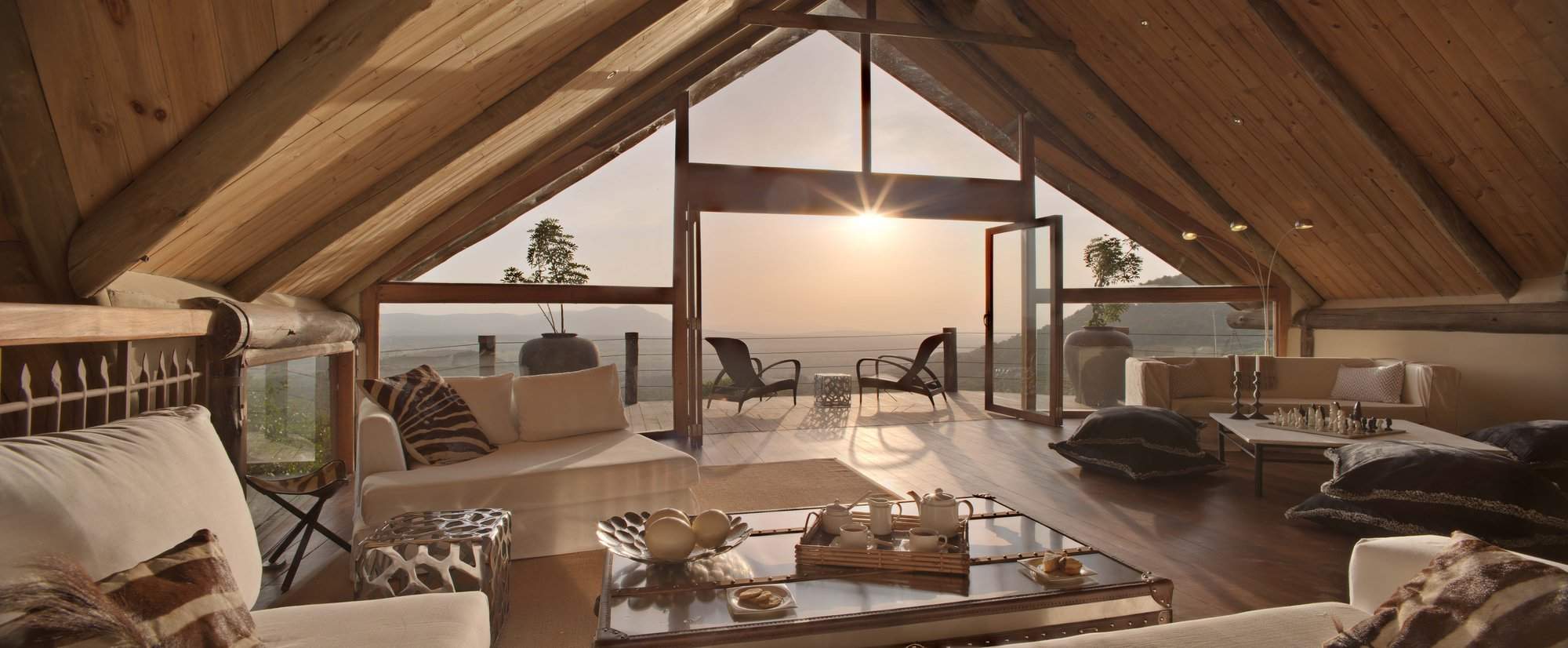
Cottars Private House
Cottar's Private House is one of the few truly luxurious, modern private houses in the Mara ecosystem, spoiling its guests with first-rate staff, a swimming pool and wonderful views.
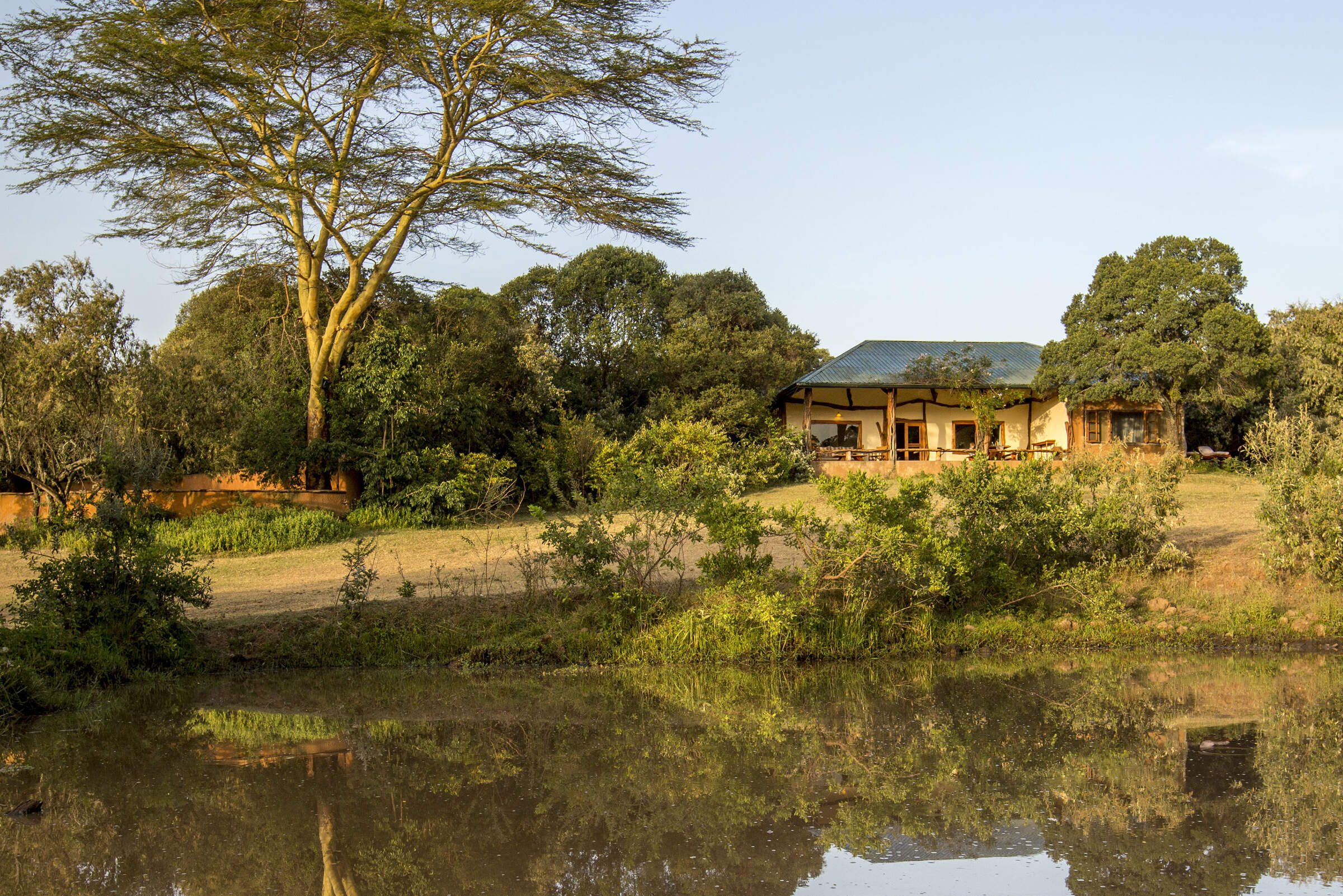
Basecamp Mara Houses
Basecamp Mara Houses consists of three private houses located in the northernmost part of the Mara North Conservancy.
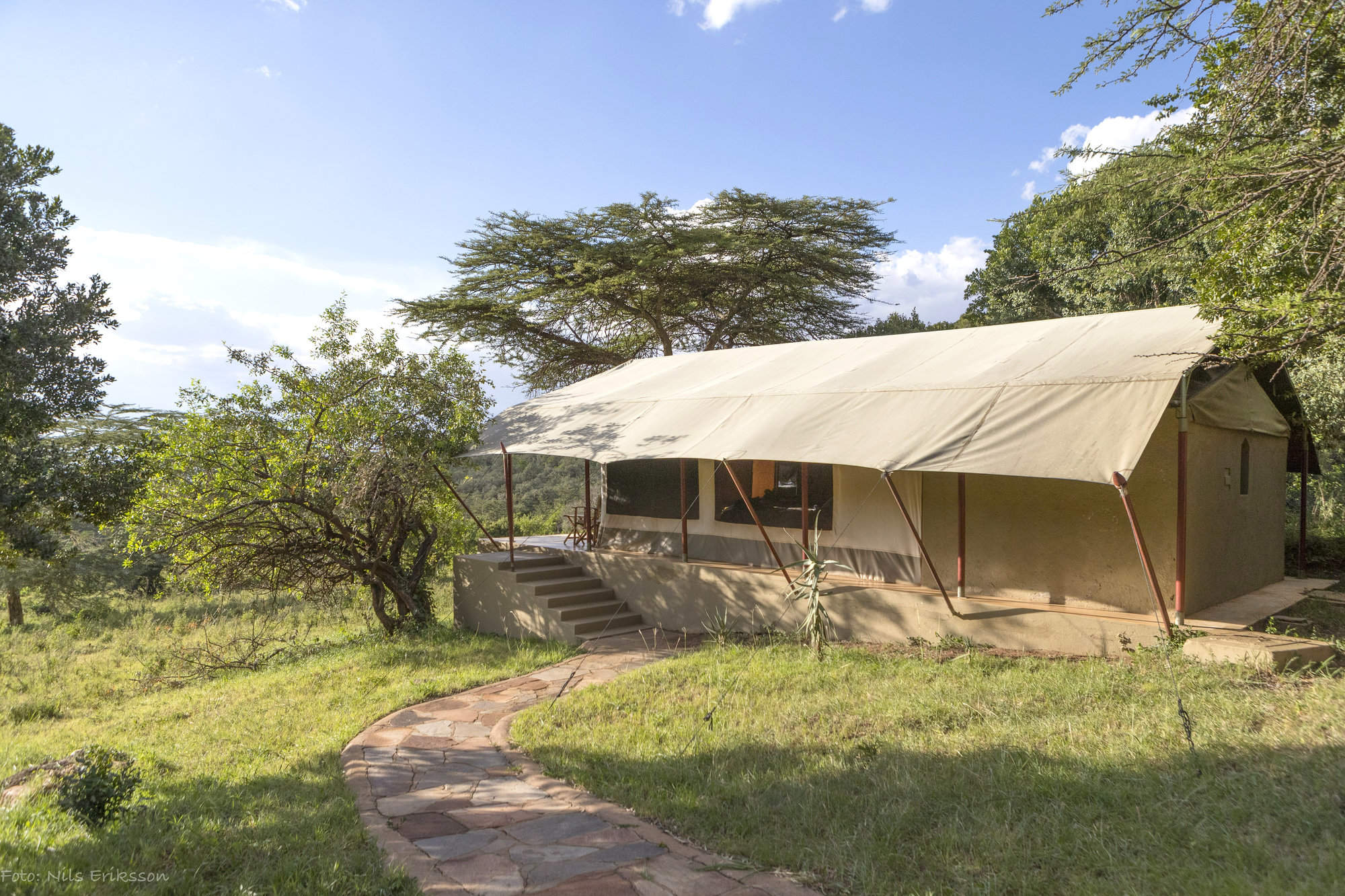
Entumoto
Entumoto is a high-end tented camp, with a swimming pool, situated in a very pretty location on the east side of the Maasai Mara ecosystem.
When to go to Maasai Mara Conservancies
Our month by month guide: What it's like to visit Encounter Mara in Maasai Mara Conservancies
Jan
Feb
Mar
Apr
May
Jun
Jul
Aug
Sep
Oct
Nov
Dec
Kenya in January
Clear, hot days and warm nights make this high season a popular time for safaris and it’s also good for diving and snorkelling as water clarity is excellent and gets better as the dry season progresses. Most lodges and tented camps treat January after the New Year week is over, as mid-season, making it a good compromise in terms of value for money with reasonably reliable, dry weather and some greenery left in the landscape.
Expert Africa bases its description of climate and weather in January, like the other months of the year, on the climate records of roughly the last 100 years, and it's fair to say that the weather and seasons since the beginning of this century have been highly irregular and unpredictable.
- On average, January is the second driest month of the year
- Elephants dig waterholes in the dry riverbed in the Samburu reserve.
- Wildebeest and many antelope have their calving season, to February.
- Migrant birds are seen in huge numbers, especially in the Rift Valley.
- Sea water clarity around the coral reefs generally good.
Our view
Fantastic: the very best time to visit
Weather in January
Kenya in February
With the short dry season well established, the grass grazed down and wildlife gathering close to water points, this is still a good time for a safari. Good water clarity in the Indian Ocean's coastal waters makes for excellent diving and snorkelling conditions.
Expert Africa bases its description of climate and weather in February, like the other months of the year, on the climate records of roughly the last 100 years, and it's fair to say that the weather and seasons since the beginning of this century have been highly irregular and unpredictable.
- On average, February is the driest month of the year.
- It’s sometimes possible to swim with whale sharks at Diani Beach.
- Migrant birds are still seen everywhere, especially near water.
- This is usually peak calving season for wildebeest and many antelopes.
- This month is often the hottest of the year, especially on the coast.
Our view
A very good time to visit
Weather in February
Kenya in March
Hot, increasingly humid weather – with good diving and snorkelling conditions at the start of the month – gives way to rains and lower accommodation costs. Expert Africa bases its description of climate and weather in March, like the other months of the year, on the climate records of roughly the last 100 years, and predicting the seasons since the beginning of this century has been difficult.
March is the month when – traditionally – intensely hot conditions build up until a cloudburst finally happens at the end of the month or in early April, to relieve the humidity. As ever, regional variations across the country can greatly impact on visitors' experiences.
- Sea-water clarity is best for diving before the long rains start.
- Visitor numbers are low, though the Easter holidays can be busier.
- Night skies can be scintillatingly clear in early March.
- Cropped down savannah grasses can make it easier to see the wildlife.
- Temperartures climb high, especially at lower elevations.
Our view
A good time to visit, with pros & cons
Weather in March
Kenya in April
April sees the full onset of the southeast monsoon wind or kusi, which heralds the long rains. Temperatures drop soon after the rains are established and you’ll often have facilities largely to yourself in this more affordable low season, sometimes known as the "green season". The bush quickly springs to life, with greenery sprouting almost before your eyes. While you're likely to get a fair number of heavy showers, the breaks in the rain can yield sparklingly clear conditions.
With the dust settled and bright sun piercing the clouds, conditions can be sublime for photography, especially first thing in the morning or in the late afternoon with another storm brewing. You may be lucky, or you may find conditions very wet and muddy.
- A wet month, the coast often gets more than 300mm (12in) of rain.
- Sunny spells can provide great light for photography.
- Buffalo and zebra calving season often happens in this month.
- Baby crocodiles hatch, for example on Central Island in Lake Turkana.
- Palearctic migrant birds gather to fly north to breeding grounds.
Our view
A time to avoid if possible
Weather in April
Kenya in May
While game viewing can be trickier as vegetation runs riot, between the cloudbursts the colours and light are great for photography at this time of year. Expert Africa bases its description of climate and weather in May, like the other months of the year, on the climate records of roughly the last 100 years, and while it's reasonable to expect heavy rains in many parts during this month, especially on the coast, the rains don't always come evenly or in some areas come at all.
In an El Niño year, the so-called long rains that normally are established across much of the country by May can be meagre, to the despair of farmers. On the other hand in a La Niña year, the long rains can bring floods. On the coast, the monsoon winds make the climate much more predictable, with heavy rains common throughout this month.
- Frogs breed in the ponds in the Arabuko Sokoke Forest near Watamu.
- Wildebeest, impala and other grazers are in rut (the breeding season).
- Kilimanjaro looks its best as heavy rain falls as snow on the summit.
- There's a sharp peek of rainfall on the coast with many rainy days.
- Accommodation prices are uniformly low, while some camps close.
Our view
A time to avoid if possible
Weather in May
Kenya in June
The rains give way to cloudy, cooler weather, often making for comfortable conditions by the end of the month, especially in the highlands. Starting from mid-June or the beginning of July and running until the end of October, this is the high season, and accordingly has higher accommodation rates and – at least until early September – higher numbers of visitors.
While the early part of June can often be rainy on the coast, it can be a great time to go on safari, with fresh greenery, many young animals and good photographic conditions with clear air.
- The Taru Desert, inland from the coast, is carpeted with flowers.
- The Lake Turkana Cultural Festival is held in Loiyangalani.
- Madaraka Day (commemorating self rule) is 1 June.
- The annual Lewa marathon runs a course through the wildlife.
- The Diani Rules "sports" event rips up the rulebook at Diani Beach.
Our view
A good time to visit, with pros & cons
Weather in June
Kenya in July
Kenya’s “winter" season sets in (winter is a misnomer but locals feel the change), and the highlands can be rather grey. Skies are often cloudy and the days can be surprisingly cool, with an average daytime high in many highland safari areas of 15-20°C and night-time temperatures dropping below 10°C in Nairobi and the highlands. Lower parts of the country and the coast are usually warm and dry, typically reaching highs of around 25°C with lows in the high teens.
As this is the start of the high season, coinciding with the usual arrival of the wildebeest migration in the Maasai Mara, July is a busy month. Ask your Expert Africa specialist to advise on how to avoid the crowds, which is not that difficult to do.
- The wildebeest migration usually reaches the Maasai Mara in July.
- Simbi Lake (Kisumu) and Crater Lake (Naivasha) can attract flamingoes.
- Watersports start to pick up and some surfing is possible at Malindi.
- Afternoon thunderstorms are a common feature in the Maasai Mara.
- The sea can be choppy along the coast, making diving difficult.
Our view
A good time to visit, with pros & cons
Weather in July
Kenya in August
The Great Migration fills the plains of the Maasai Mara, and school’s out, so the park roads are full of tourists – ask your Expert Africa specialist for advice on crowd avoidance tactics. Choose a private conservancy rather than a public national park or national reserve for quieter conditions.
Like July, August is generally mild and relatively dry in the safari areas, but it can be very chilly in the highlands, even in the middle of the day, and hail occasionally falls above altitudes of around 2,400m (8,000ft). Nairobi can be disappointingly overcast, with low cloud.
- Apart from Christmas holidays, this is the busiest month of the year.
- Late August sees peak wildebeest drama at the Mara River crossings.
- Coastal winds are good for kite- and wind-surfing.
- Few mosquitoes are around at this generally dry time of year.
- The annual Camel Derby takes place in the Samburu capital, Maralal.
Our view
A good time to visit, with pros & cons
Weather in August
Kenya in September
The skies clearing of cloud signals the start of hot, dry weather with little chance of rain – and, after the first few days of the month, far fewer visitors – making the latter part of September a good time for a quieter safari. While early September is often good for dramatic migration crossings along the Mara River, you might consider deliberately postponing your trip until later in the month, when the migration can still be very impressive and visitor numbers fewer.
If tourist surges are somewhat predictable, however, the patterns of the wildebeest migration are more volatile, and like all of Expert Africa's climate and weather assessments, they are based on accumulated years of experience rather than guaranteed certainty.
- This is still high season, with prices to match.
- Many river crossings take place on the Mara river in both directions.
- Natural bush fires flush out insects and small animals for predators.
- The Rift Valley Music Festival takes place by Lake Naivasha.
- With school holidays over by early September, late-month is quieter.
Our view
Fantastic: the very best time to visit
Weather in September
Kenya in October
Still hot, mostly dry and not too busy, this is many people’s preferred month for a safari, and it’s also good for diving and snorkelling. The wildebeest and zebra herds of the great migration are often still to be seen, though in dwindling numbers. The swamps of Amboseli attract thirsty wildlife including large herds of elephants.
While we wouldn't expect much rain across most of the country this month, the climate has become so unpredictable that you can never say never, and the possibiity of the short rains – usually associated with November to mid-December, starting early, can't be discounted.
- This month sees the tail end of the great migration in the Mara.
- Palearctic migrant birds start to arrive, staying until March.
- Turtle nests hatch at Watamu, until November.
- Amboseli elephants focus on the swamps for their daily water.
- The Indian Ocean monsoon winds turn from southeast to northeast.
Our view
A very good time to visit
Weather in October
Kenya in November
The northeast monsoon wind or kaskazi heralds the start of the “short rains", usually some time in the second half of the month. From November to mid-December, this is the low season, and accordingly has lower accommodation rates and lower visitor numbers. Across most of the country you can expect warm, somewhat cloudy weather, with occasional heavy showers and localised flooding.
Expert Africa bases its description of the climate in November, like the other months of the year, on the records of roughly the last 100 years, and it's fair to say that the seasons since the beginning of this century have been highly irregular and unpredictable: some years the short rains don't come at all, or don't reach every part of the country. In an El Niño year, the November short rains can be very heavy, but in a La Niña year, they can fail completely.
- Swimming with dolphins in Lamu can be done from now until April.
- Birders gather at Ngulia in Tsavo West to ring Palearctic migrants.
- The Lamu Cultural Festival takes over the town and Lamu Creek.
- Agricultural shows often take place regional market towns.
- This is low season, so camps can be great value, with special offers.
Our view
A good time to visit, with pros & cons
Weather in November
Kenya in December
In a typical December, the rains usually finish by middle of the month, leaving the landscape looking its best, under clear blue skies, and heralding the start of the second peak tourist season from around 20 December to the first week of January. Our assessment of the likely weather in December, like the other months of the year, is based on climate records, and it's fair to say that the seasons since the beginning of this century have been highly irregular and unpredictable.
Christmas can sometimes be wet, but most years the rains have finished a week or two earlier, with the festive season ushering in the perfect combination of clear skies and sunshine by day and starry nights.
- Christmas and New Year are busy, with the lodges and camps full.
- Rates are highest after 24 Dec, with supplements on public holidays.
- Republic Day and Independence day are celebrated on 12 December.
- Good kite- and wind-surfing restarts, with strong northeasterly winds.
- Mango season begins, providing excitement for primates and elephants.
Our view
A good time to visit, with pros & cons
Weather in December

Looking for inspiration on where to travel next?
Visit our trip chooser to explore your options and find inspiration for your perfect African adventure
Inspire me